POCO officially launched the POCO X7 series on January 9, 2025. On the heels of the launch of this new series, POCO provided us with an POCO X7 Pro Iron Man Edition review unit. We thank the POCO team, and before we get to the POCO X7 Pro review, we need to mention the following: POCO has not seen this review before you, nor have any changes been made. This article contains my personal thoughts. We also have the previous POCO X6 Pro model, so this will be a review of interest to users who are currently using the POCO X6 Pro. If you’re ready, let’s get started!
Both devices run the latest HyperOS version, HyperOS 2. The POCO X7 Pro already comes with Android 15-based HyperOS 2, while the POCO X6 Pro came out of the box with Android 14-based HyperOS 1. The X6 Pro received its first major update, Android 15-based HyperOS 2, on December 23, 2024 for the European region. We will make the comparison with OS2.0.2.0.VNLEUXM and OS2.0.10.0.VOJEUXM versions.
The POCO X7 Pro has a flat design, unlike the curved POCO X7 model. This makes it easier and more comfortable to hold. The phone has a flat Gorilla Glass 7i front, a flat plastic frame with a matte finish, and a flat plastic back. The smartphone has an IP68 rating for dust and water resistance and some versions will have IP69 protection for extra protection against splashes.
We have the Iron Man version of the POCO X7 Pro and this version features the Iron Man helmet and the Marvel Avengers logo. This special Iron Man version is mostly matte except for the glossy helmet which makes it special for Avengers fans. Also, the regular POCO X7 Pro design is designed with a two-tone back. One part looks polished and one part looks matte. Like the POCO X7, the yellow version has a black eco-leather section.
The camera module is now smaller than the one on the POCO X6 Pro. It still sticks out a little, but now there are only two cameras, so it looks more compact. We like the flat design, and it is nice that Xiaomi kept it. The phone has a good grip, does not get smudges easily (except for the screen), and overall, it has a solid build quality.
The special Iron Man edition arrives in a striking Avengers-themed box with a unique and stylish opening mechanism. Inside, you’ll find the phone, an intricately designed Iron Man helmet-style case that preserves the rear aesthetics, and a vibrant red USB cable.
Adding to the exclusivity, the SIM ejection tool is crafted to resemble the iconic Arc Reactor token. On the other hand, if you opt for the standard Poco X7 Pro, the package includes the phone, a sleek black protective case, and a classic white USB cable.
The POCO X7 Pro has a 6000mAh battery and support for 90W fast charging. In India, the smartphone comes with a battery capacity of 6550mAh, the same as the Chinese version Redmi Turbo 4. The POCO X7 Pro in our hands has the EEA (Europe) ROM, which does not come with a 90W fast charging adapter out of the box for legal reasons. The smartphone can fully charge from 0 to 100 in almost 45 minutes.
The front of the POCO X7 Pro is mostly screen, with a small punch-hole for the 20MP selfie camera. The smartphone has dual stereo speakers, with one on the bottom and one on the top. The fingerprint scanner is under the screen, uses optical technology, and works very well. POCO X7 Pro has dimensions of 160.8 x 75.2 x 8.3 mm and weighs 195 grams.
We start by comparing the displays of the devices, the POCO X6 Pro and POCO X7 Pro come with 6.67-inch 120Hz TCL AMOLED panels. Both devices offer a smoother, faster experience than the outdated 60Hz panels of the iPhone 16 and 16 Plus. Some research shows that there is also another version of the POCO X7 Pro with a Tianma panel. Both products in our hands have TCL panels.
POCO has said that the POCO X7 Pro can achieve up to 3200 nits of maximum brightness, and yes, compared to the POCO X6 Pro, the POCO X7 Pro has a significantly brighter display. But we can see a regression in screen vibrancy. The POCO X6 Pro has a more vibrant display than the POCO X7 Pro, but the brightness level is noticeably lower than the X7 Pro.
The difference in vividness is not that much, but you can easily recognize this when you see both devices side by side. When it comes to brightness, the POCO X7 Pro didn’t disappoint us at all, and when we used the smartphone in the sun, it looked just fine. The POCO X6 Pro’s display can also be seen in the sun, but it doesn’t have a high brightness like the POCO X7 Pro. According to POCO, the POCO X6 Pro can reach a maximum brightness of 1800 nits. Final word on the display, the POCO X7 Pro supports HDR 10+ and Dolby Vision. POCO’s best X-series smartphone, the X7 Pro offers an excellent display experience.
Now let’s move on to evaluating the cameras, of course, you shouldn’t expect a superior camera performance from a POCO X series smartphone. Because POCO designs the POCO X and POCO F series specifically for gamers. Therefore, the camera features are not very impressive. We should point out that the POCO X series are affordable performance monsters.
A high-performance processor is quite costly for POCO and since the brand wants to sell the device with an affordable price tag, it doesn’t make much sense to focus on improving the camera hardware. Still, POCO is offering a 50MP Sony IMX882, and this is a significant improvement over the previous 64MP Omnivision OV64B in the POCO X6 Pro. The POCO X7 Pro uses one of the best camera sensors in its price range.
The POCO X7 Pro uses a sensor you may have heard of for the first time: SmartSens SC820CS. This sensor has a resolution of 8MP and is used as Ultra Wide Angle. As for the front camera, the POCO X7 Pro features a 20MP Omnivision OV20B sensor. This can be seen as a slight upgrade compared to the POCO X6 Pro, which features a 16MP Omnivision OV16A.
The smartphone now comes with a dual camera setup and no unnecessary camera sensors. This makes sense both in terms of design and cost. Adding two good camera sensors and focusing on the new powerful Dimensity 8400 Ultra processor is much better than attracting attention by showing too many cameras. This won’t mislead users and shows that the X7 Pro is a performance-oriented smartphone (which is also POCO’s philosophy with all its X and F series phones).
Now, let’s move on to the camera comparison of the POCO X6 Pro and POCO X7 Pro. The shots we took with the POCO X7 Pro were closer to the colors I see in real life. We see that the 50MP Sony IMX 882 can take much better photos compared to the 64MP Omnivision OV64B. Here are the photo samples:
We took photos with the POCO X6 Pro and POCO X7 Pro with 2x zoom respectively. The POCO X7 Pro generally provided sharper and cleaner images than the POCO X6 Pro.
We also did a comparison between the 8MP Ultra wide-angle cameras, and the 8MP SmartSens SC820CS on the POCO X7 Pro delivered photos with better colors overall.
When we evaluate the front cameras of smartphones, things can change a bit. We can see that both the POCO X6 Pro and POCO X7 Pro can take better photos than each other depending on the scenes. However, when you want to take photos with the front camera at night, the POCO X7 Pro offers a significantly better photo.
As for video recording options, the POCO X7 Pro can now record 4K@60FPS videos, which is a significant improvement compared to the previous POCO X6 Pro. This is because the POCO X6 Pro was capable of recording videos up to 4K@30FPS. Now that we’ve come to the end of our camera tests, let’s move on to the performance test.
The POCO X7 Pro features the MediaTek Dimensity 8400 Ultra. This processor is manufactured with the 4nm TSMC process and has 8x Cortex-A725 cores. The core design adopts the 1-3-4 configuration: 1x 3.25GHz Cortex-A725, 3x 3.0GHz Cortex-A725 and 4x 2.1GHz Cortex-A725
We see a CPU setup consisting entirely of performance cores. The previous Dimensity 8300 Ultra had 4x 2.20GHz Cortex-A510 cores. Efficiency cores aim for lower power consumption for daily use situations such as calling, messaging, etc. The new Cortex-A725 cores are much more efficient, and MediaTek is giving up on using efficiency cores and is therefore preparing an SoC with all Cortex-A725 cores.
We tested the new Cortex-A725 in detail with the SPECint2006 CPU Benchmark test. We benchmarked the 3.25GHz Cortex-A725 against the 3.35GHz Cortex-A715 core found in the Dimensity 8300 Ultra and also added the 3.36GHz Cortex-X3 found in the Snapdragon 8 Gen 2 for Galaxy to our SPECint 2006 CPU benchmark.
Does the Cortex-A725 perform close to the Cortex-X3? How much of a performance upgrade does the Cortex-A725 offer compared to the Cortex-A715? Let’s check this out together.
400.perlbench, 403.gcc, 462.libquantum, 464.h264ref and 483.xalancbmk tests show that the Cortex-A725 offers significant performance improvements compared to the Cortex-A715. However, the Cortex-X3 still offers better performance than the Cortex-A725 and I think MediaTek should use one Cortex-X series core in the next Dimensity 8500 Ultra.
This will offer a very high performance and efficiency in applications that focus on the performance of a single core. In tests like 401.bzip2, 456.hmmer and 462.libquantum the Cortex-A725 performs similarly to the Cortex-X3, but in all other tests the Cortex-X3 is clearly ahead.
This test only focuses on single-core performance and things change when we evaluate multi-core performance. Dimensity 8400 Ultra outperforms both Snapdragon 8 Gen 2 and Dimensity 8300 Ultra. Now, let’s check the Geekbench 6 results.
Geekbench 6 tests show that the POCO X7 Pro outperforms the POCO X6 Pro and the Galaxy S23 Ultra. During the test, the POCO X7 Pro reached a peak power consumption of 13W. On the other hand, the Galaxy S23 Ultra was the device with the highest power consumption, reaching 15W in our Geekbench 6 tests.
POCO X6 Pro is the lowest power consuming device with peak power consumption of just 9.2W The Dimensity 8400 Ultra with Cortex-A725 cores clearly beats the Snapdragon 8 Gen 2 for Galaxy with Cortex-X3, Cortex-A715, Cortex-A710 and Cortex-A510 cores. The Dimensity 8300 Ultra doesn’t even enter the race between these two processors.
In the 3D Mark tests, we compare the POCO X7 Pro to the POCO X6 Pro and in this test, the POCO X7 Pro is 800 points ahead of the POCO X6 Pro. The POCO X7 Pro consumes only 1.9W more power, but the new Mali-G720 MC7 GPU outperforms the Mali G615-MC6 GPU. We can see this in our gaming tests.
For 20 minutes we test PUBG Mobile on 3 different smartphones. The POCO X6 Pro supported up to a Smooth 90FPS graphics setting and did not support 120FPS. The other 2 devices, Galaxy S23 Ultra and POCO X7 Pro, support Smooth 120FPS graphics settings.
In our PUBG Mobile test, the Galaxy S23 Ultra and POCO X7 Pro allow us to play the game smoothly at 120FPS graphics settings The POCO X6 Pro can play PUBG Mobile at up to 90FPS. It’s important to note that the Galaxy S23 Ultra consumes 6.2W to deliver an average of 118FPS.
The POCO X7 Pro surprises us and consumes only 4.7W of power for an average of 118FPS, which means that the POCO X7 Pro consumes almost 2W less than the Galaxy S23 Ultra. The Mali-G720 MC7 GPU is more efficient than the Adreno 740. For those who don’t know, the Snapdragon 8 Gen 2 has an Adreno 740 GPU, while the Dimensity 8300 Ultra has a Mali G615-MC6 GPU. We can see that the Dimensity 8300 Ultra is well behind both SoCs. It consumes 4.2W for a 90FPS average.
In our Genshin Impact test, the POCO X7 Pro is again ahead of the POCO X6 Pro. Offering a more stable gaming experience for 20 minutes, the POCO X7 Pro consumed only 0.2W more power. There were no significant FPS drops while playing the game, and we were able to play the game smoothly.
The Poco X7 Pro runs on HyperOS 2 with Android 15, whereas the standard X7 comes with HyperOS 1 based on Android 14. Xiaomi has committed to providing at least three major OS updates for both models, along with four years of security updates.
If you’re familiar with MIUI, switching to HyperOS will feel seamless. While the overall experience remains similar to recent MIUI versions, HyperOS appears more refined, introduces some useful AI-powered features, and includes various performance optimizations under the hood.
Aside from the Iron Man-themed edition, HyperOS 2 maintains a familiar interface. The notification panel and control center are separated, homescreens support apps and widgets, and the leftmost screen can be customized to show either Google Discover or Xiaomi’s App Vault. For multitasking, the software supports split-screen mode and floating windows, making it easy to use multiple apps at once.
The AI capabilities on the POCO X7 Pro are quite advanced. Google Gemini is deeply integrated, allowing users to generate conversations, get creative suggestions for recipes by analyzing fridge contents, or even receive recommendations for books and paintings. Additionally, Gemini can generate images on demand.
The highly anticipated Circle to Search feature is expected to arrive in a future update, but Google Lens is already available for image-based searches. HyperOS 2 also enhances the Notes app with AI-powered features such as automatic summarization, proofreading, translation, and layout formatting.
The Gallery app benefits from AI tools as well. Alongside features like Image Expansion and Erase Pro (which can remove objects, lines, or even people from photos), AI Sky allows users to modify the sky in images with remarkable accuracy.
Lastly, HyperOS 2 offers real-time AI translation through the AI Interpreter, as well as AI-generated subtitles in supported apps—further expanding its intelligent capabilities.
The POCO X7 Pro starts at $299 for the 8GB RAM + 256GB storage variant, while the 12GB + 256GB model is priced at $329. The top-tier 12GB + 512GB version costs $369, and the special Iron Man Edition comes in at $399.
The camera hardware is not very good, so you shouldn’t expect good camera performance from this smartphone. The POCO X7 Pro is designed for gamers and the smartphone has the best processor in this price range.
Pros and Cons of the POCO X7 Pro
Advantages
- Powerful Dimensity 8400 Ultra processor
- 6000mAh battery, 90W fast charging
- 6.67-inch TCL 120Hz AMOLED display
- Special game optimizations
- Xiaomi’s AI tools
- 3 years Android update and 4 years security patch support
- Special Iron Man variant
Disadvantages
- No eSIM
- Ultra wide angle and front camera not very good
So what do you think about the POCO X7 Pro? Don’t forget to state your opinions in the comments section.

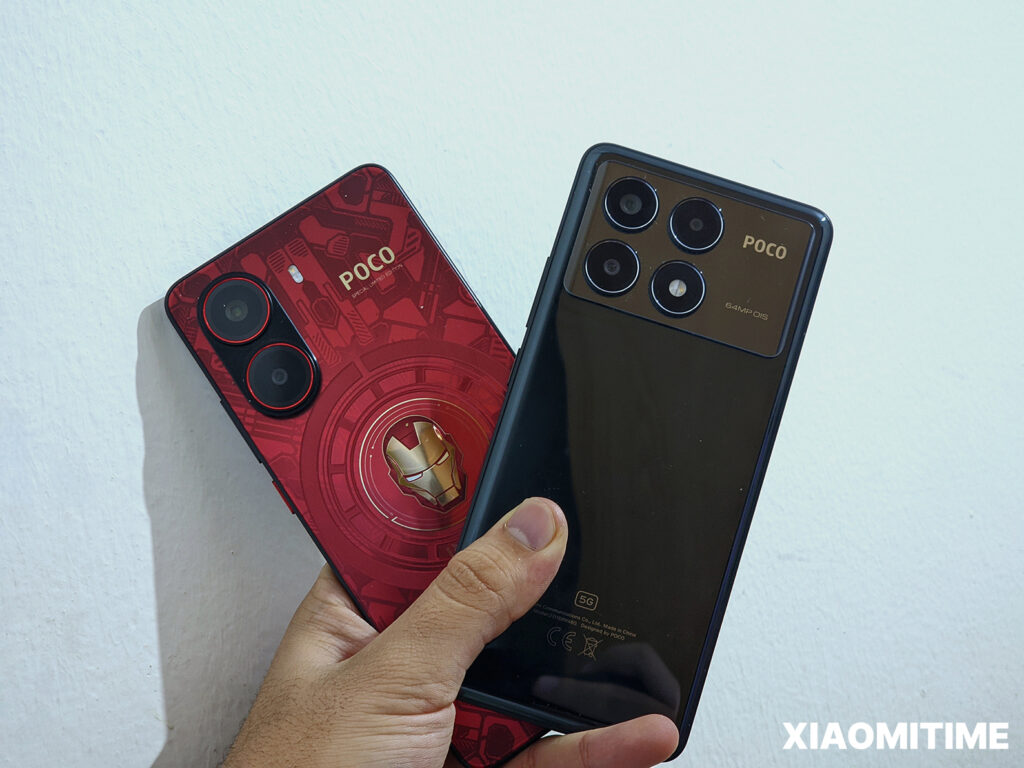
 Erencan Yılmaz
Erencan Yılmaz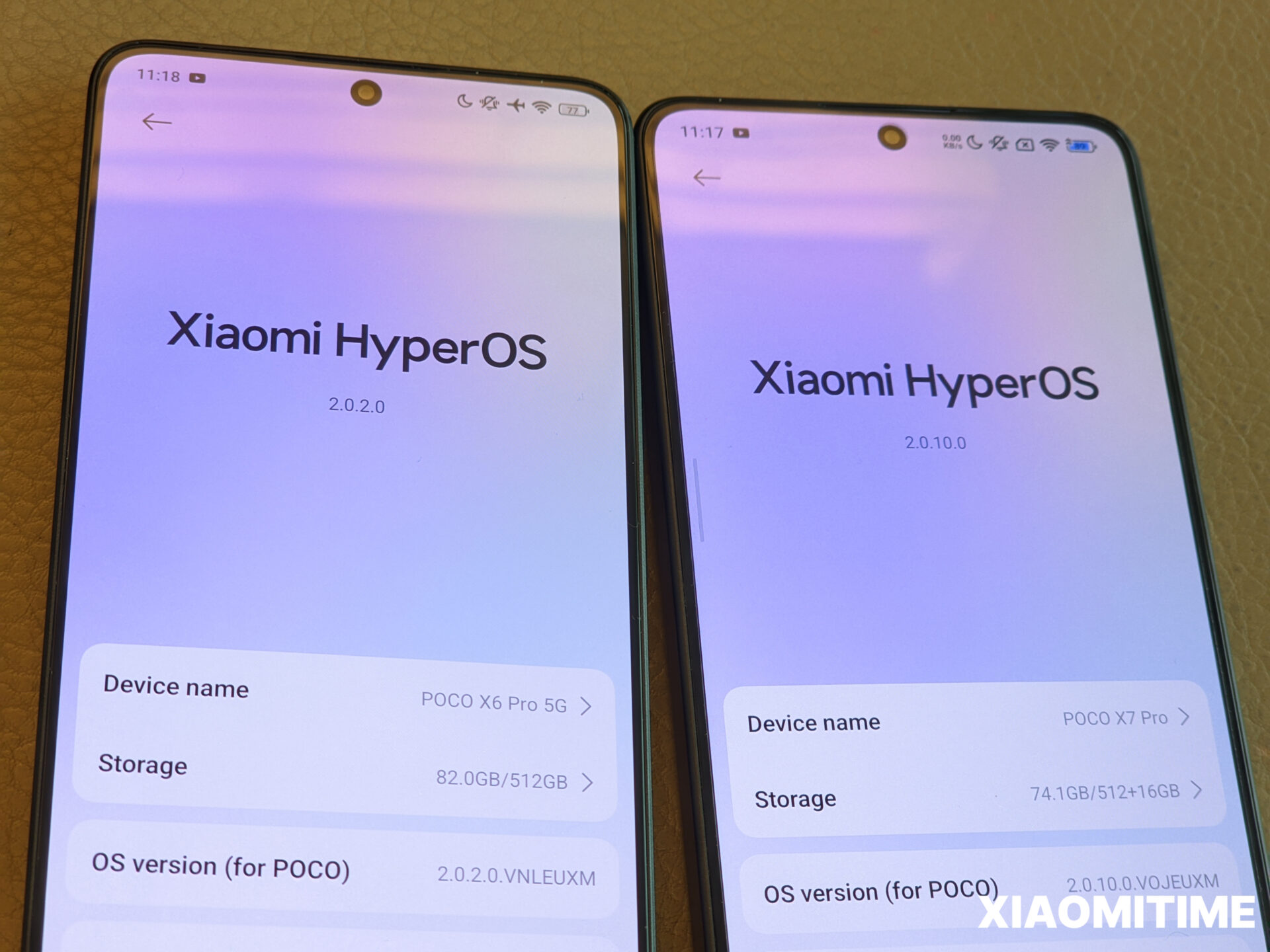
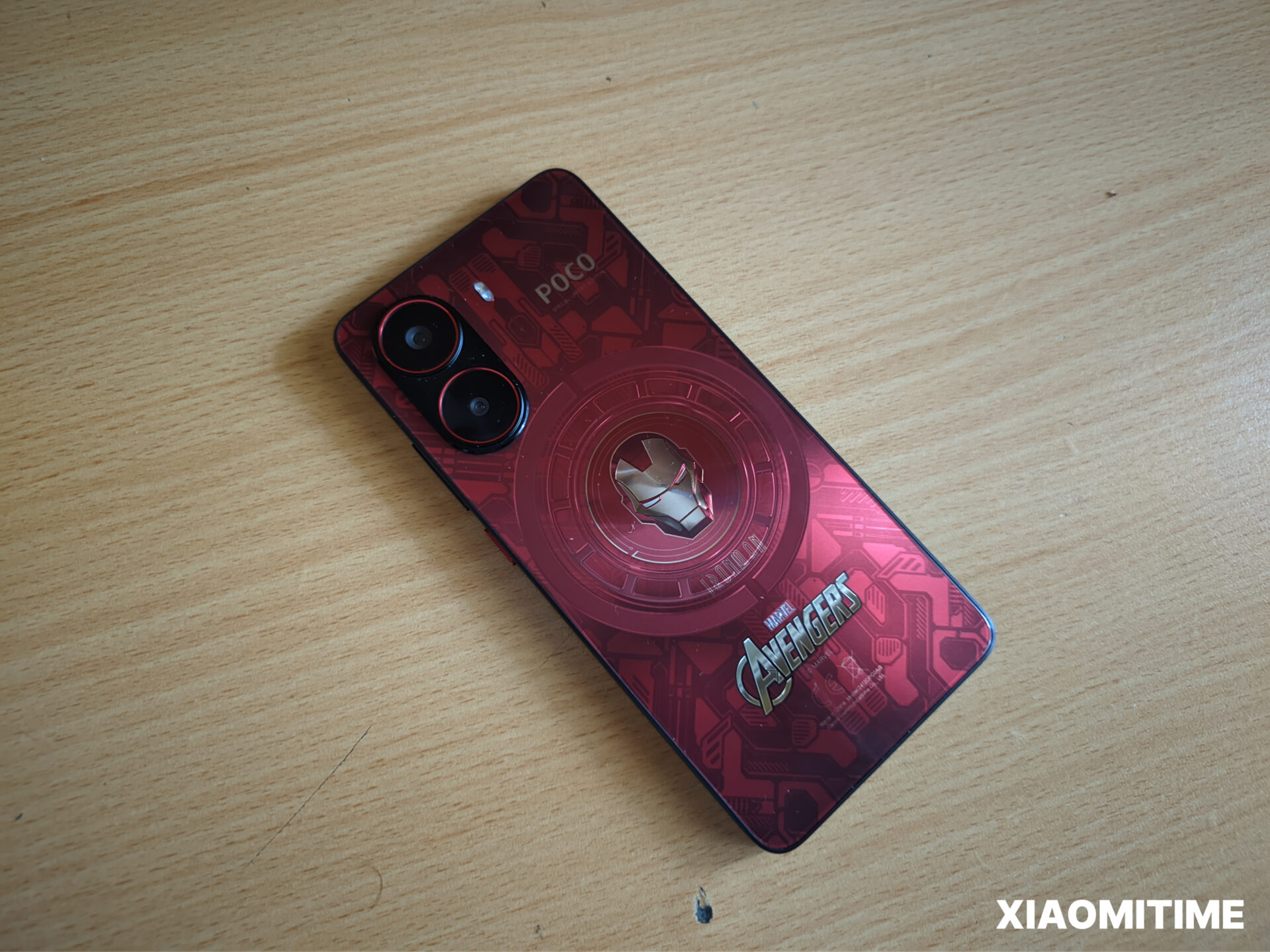
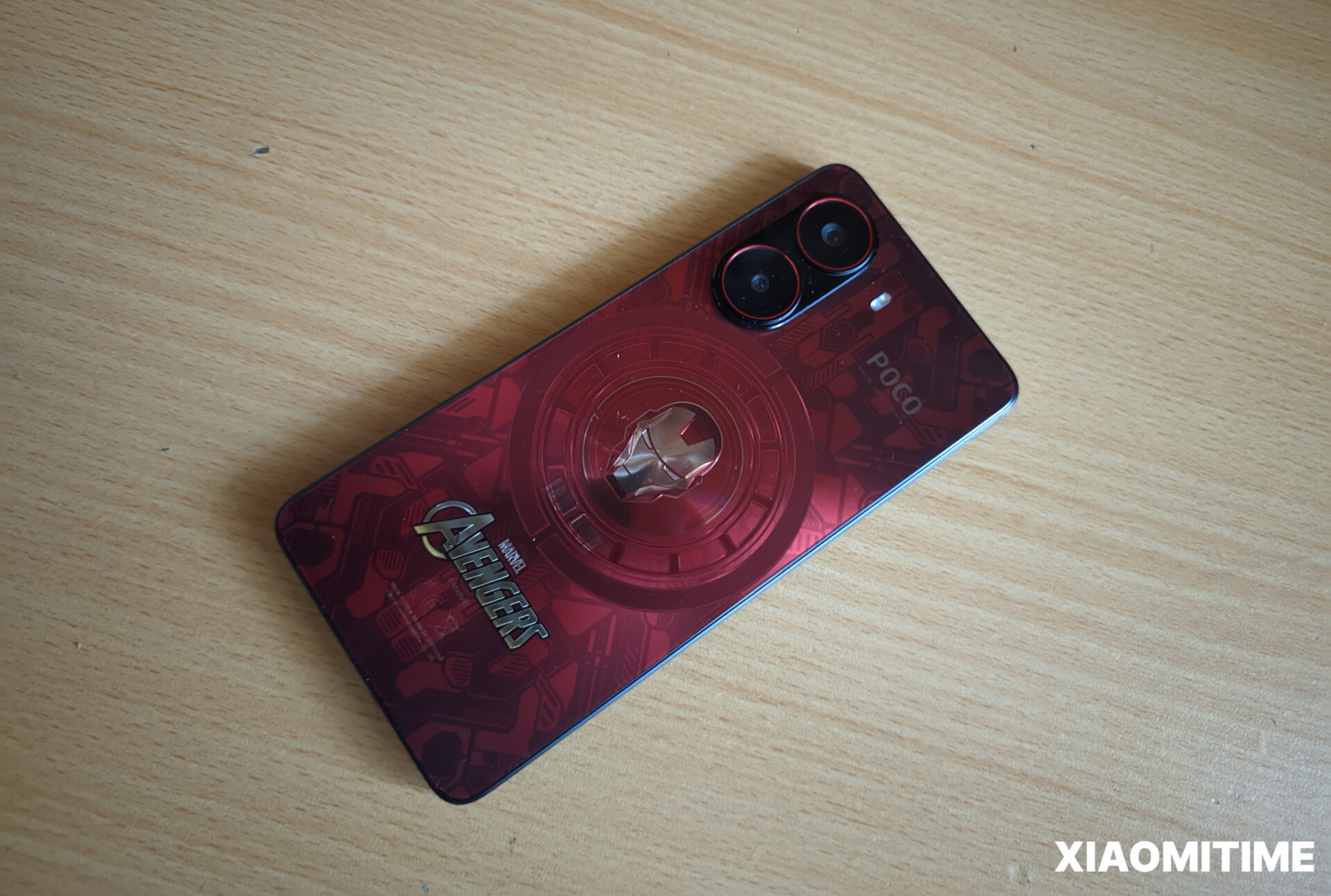
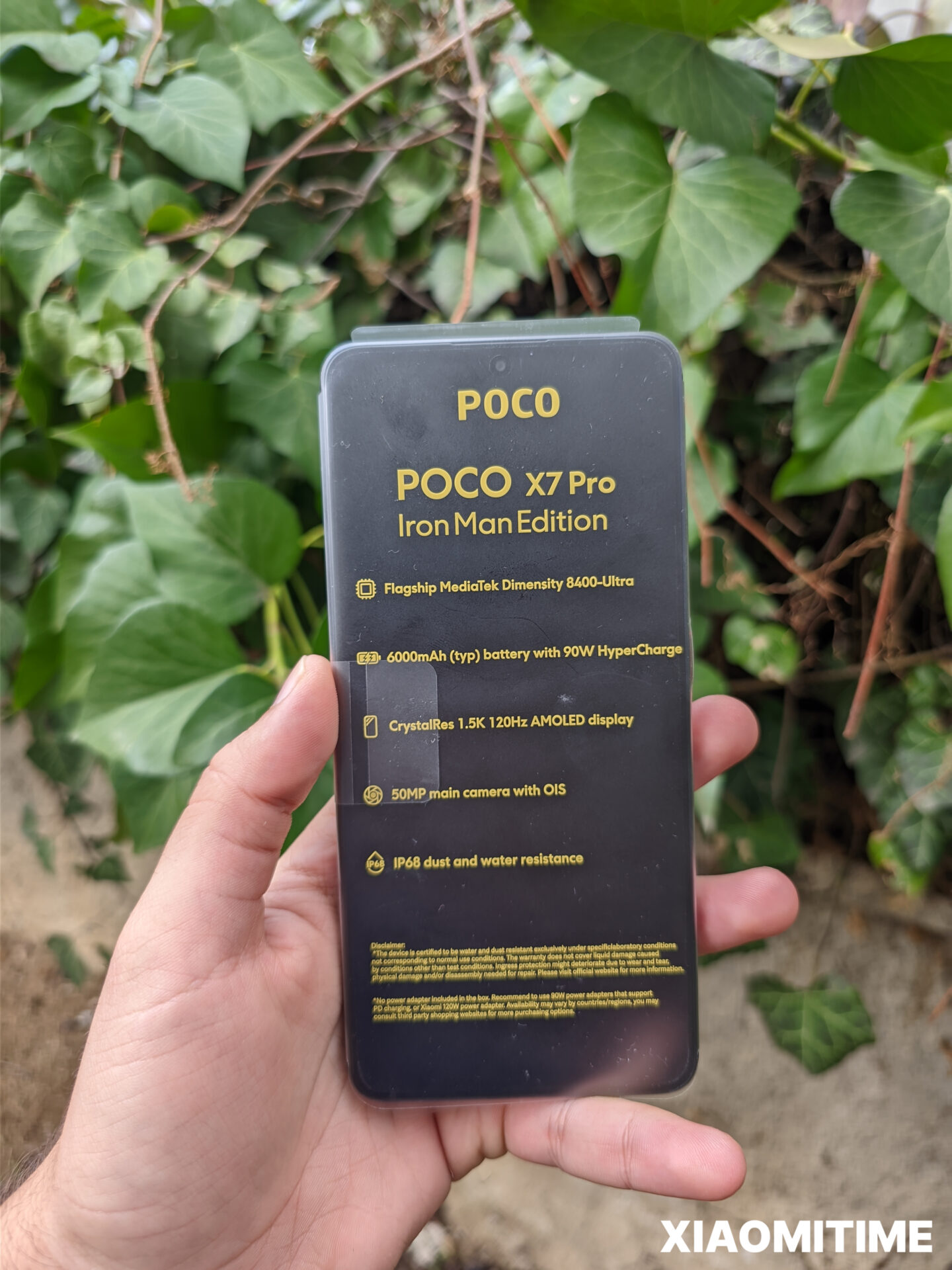
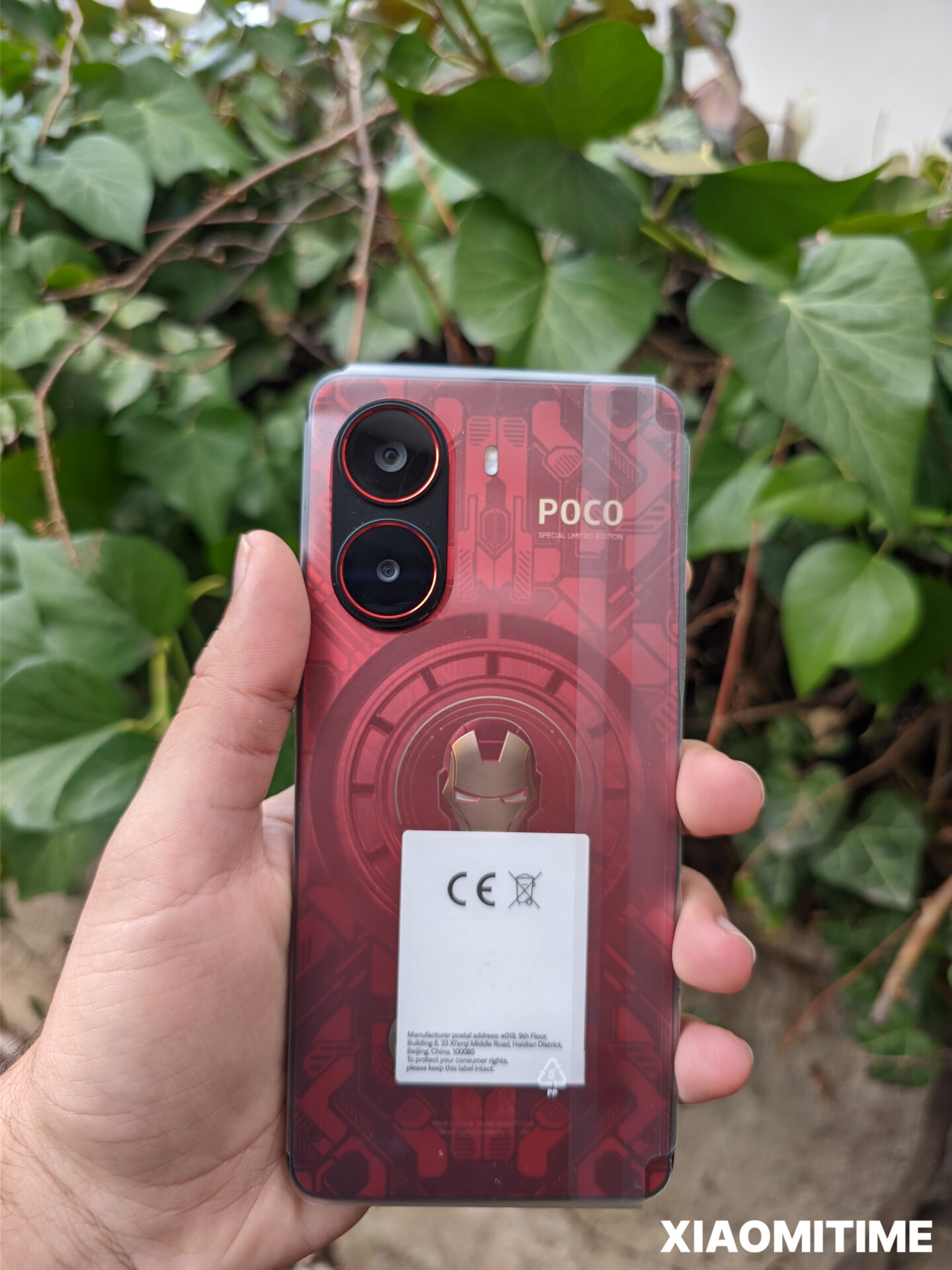
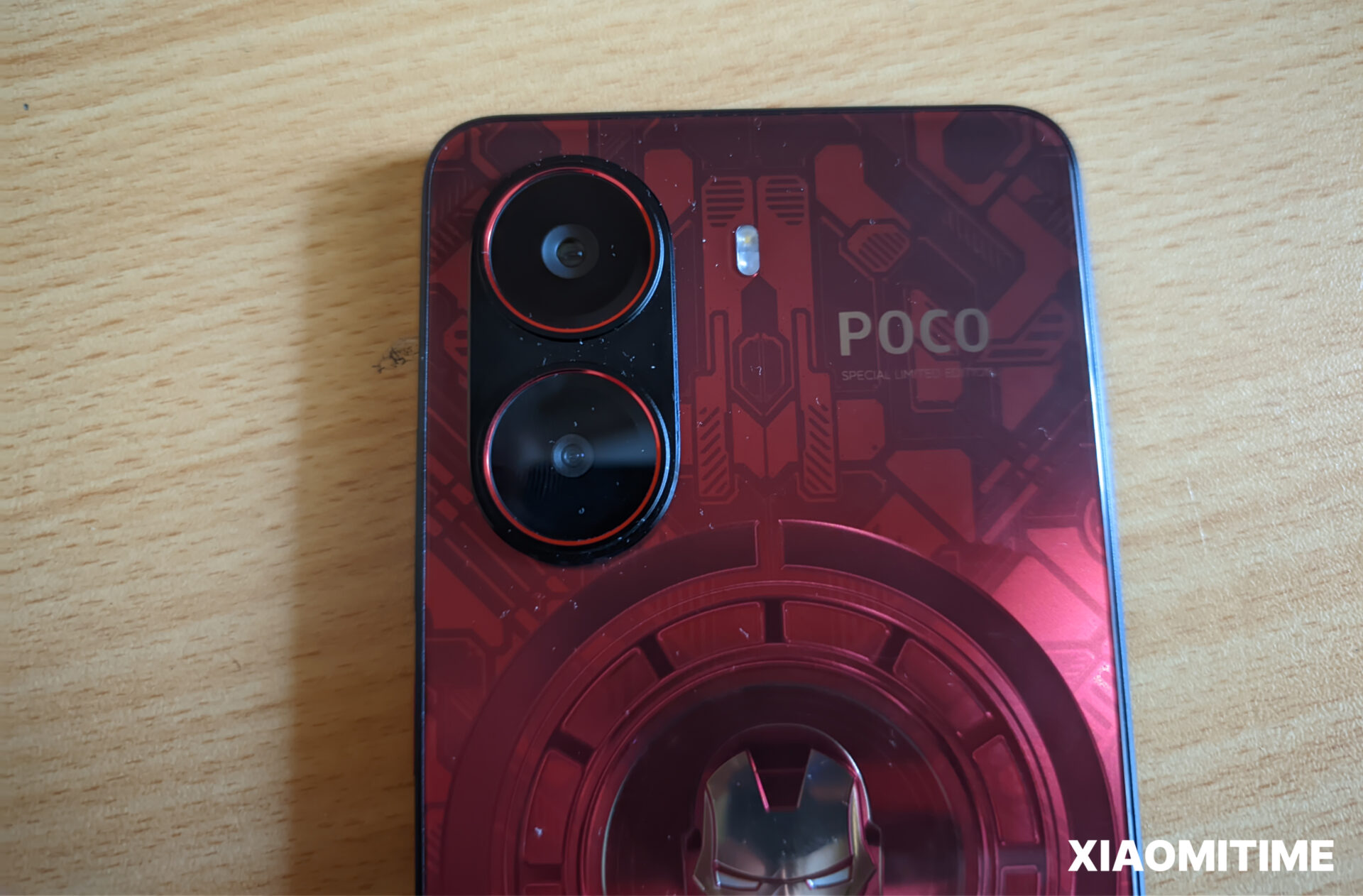
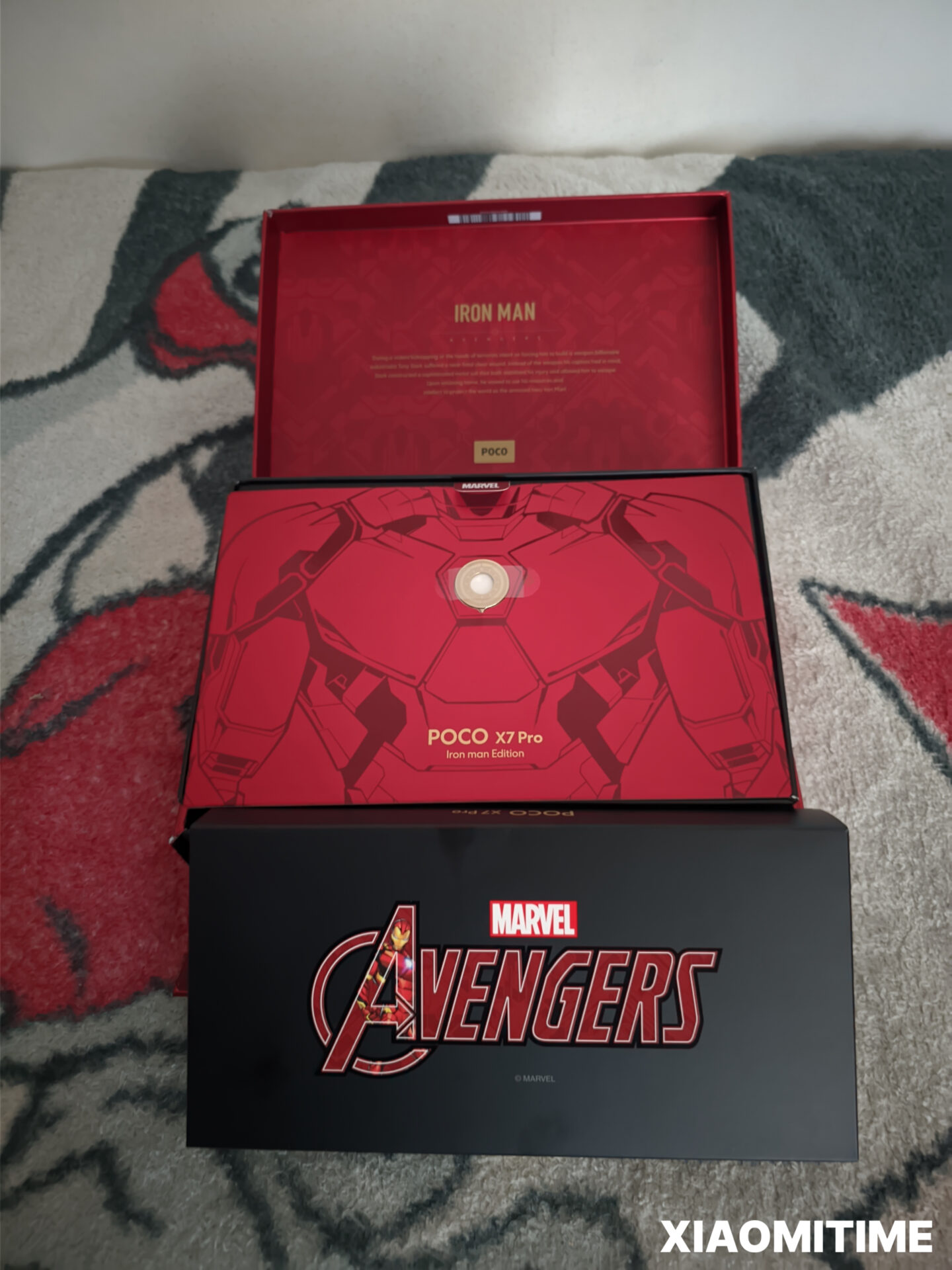
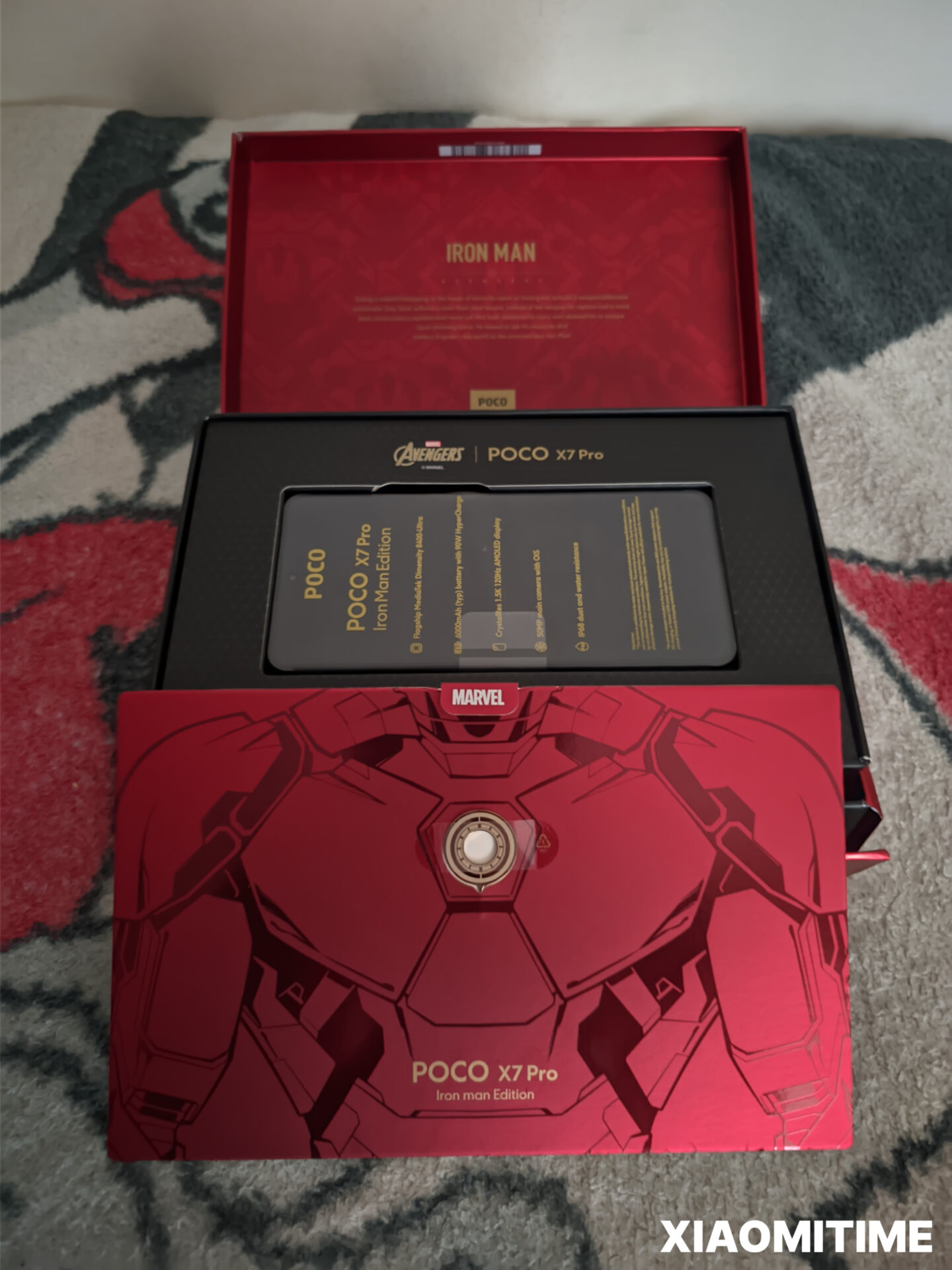
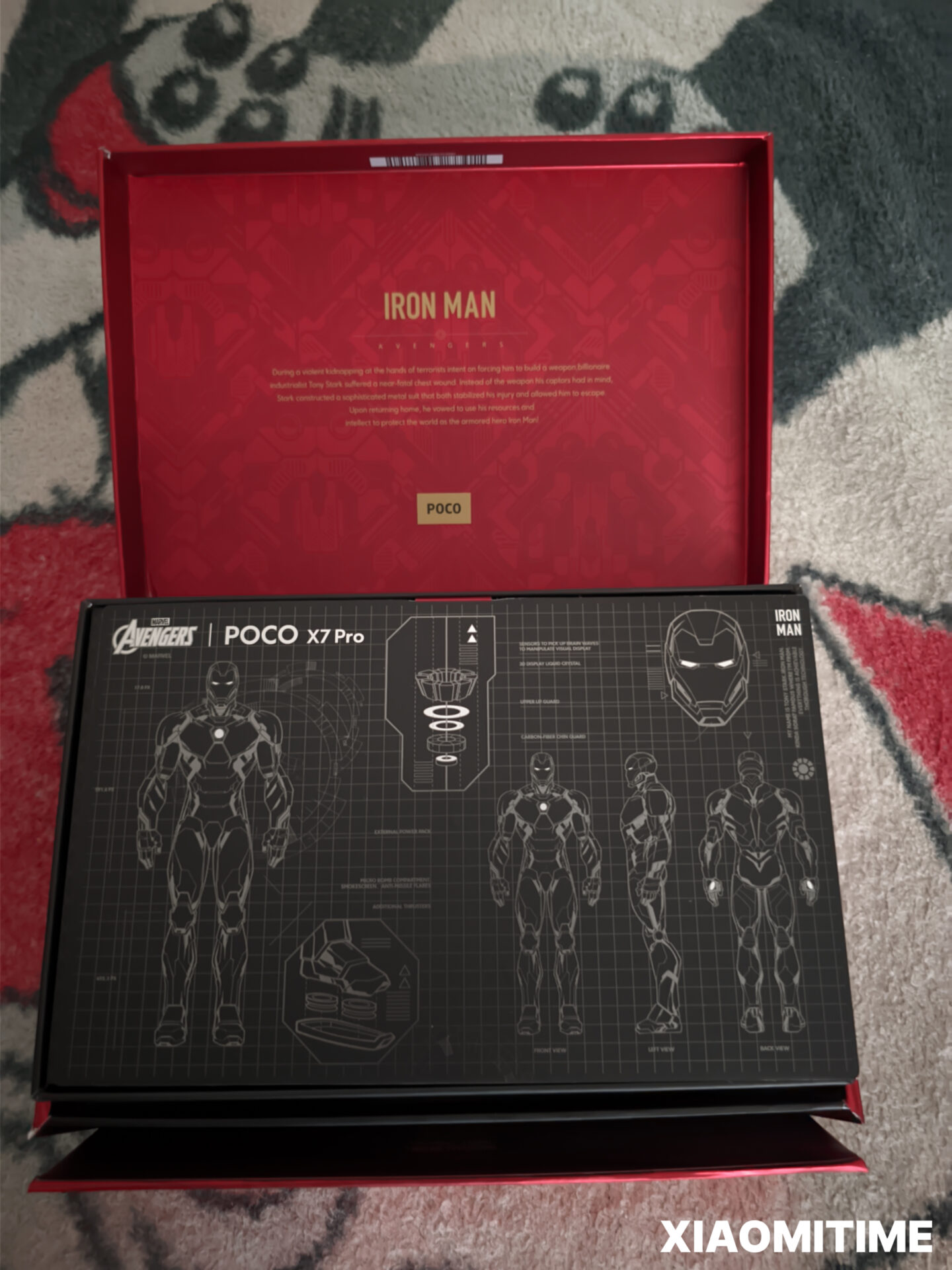
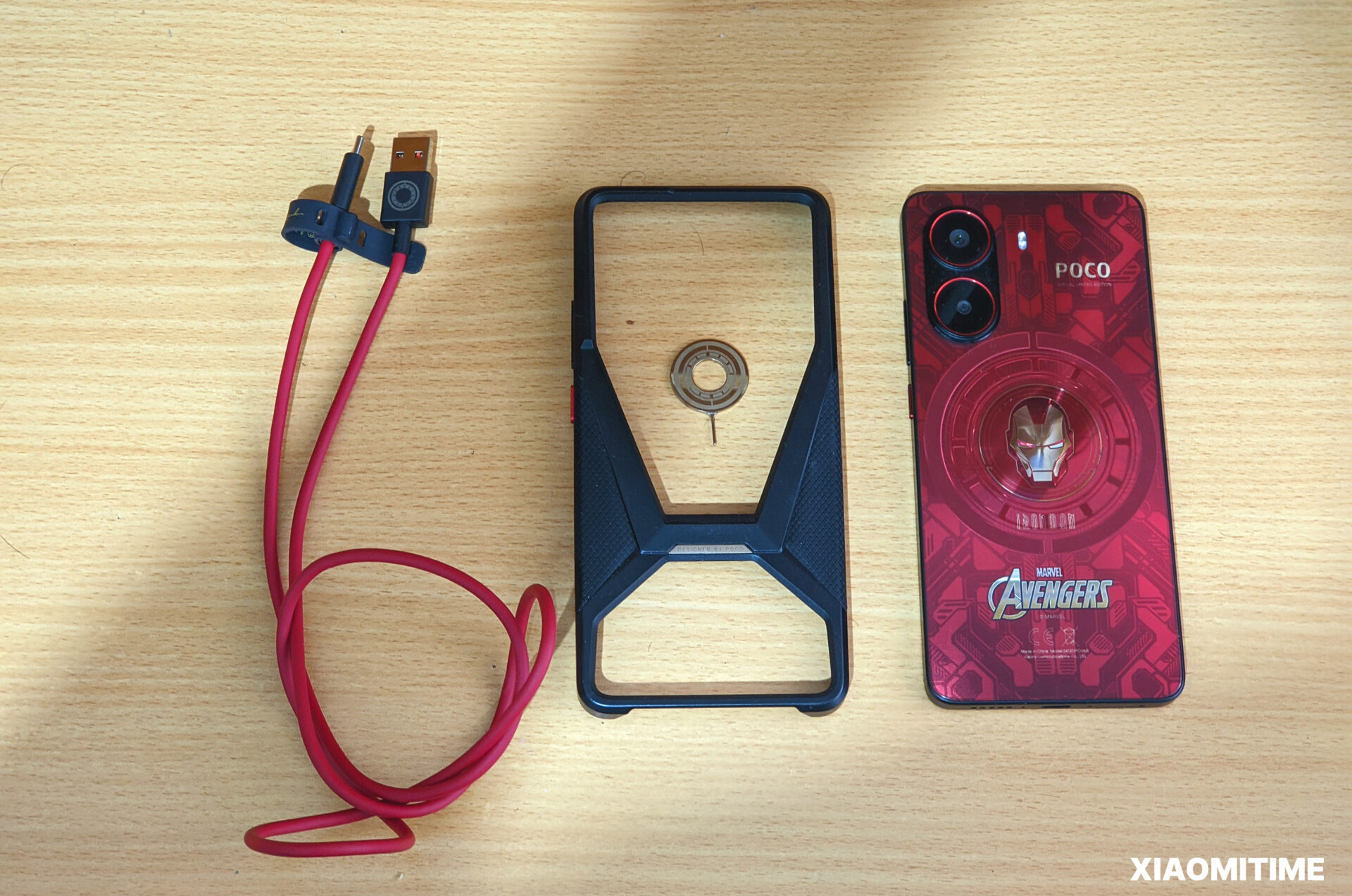
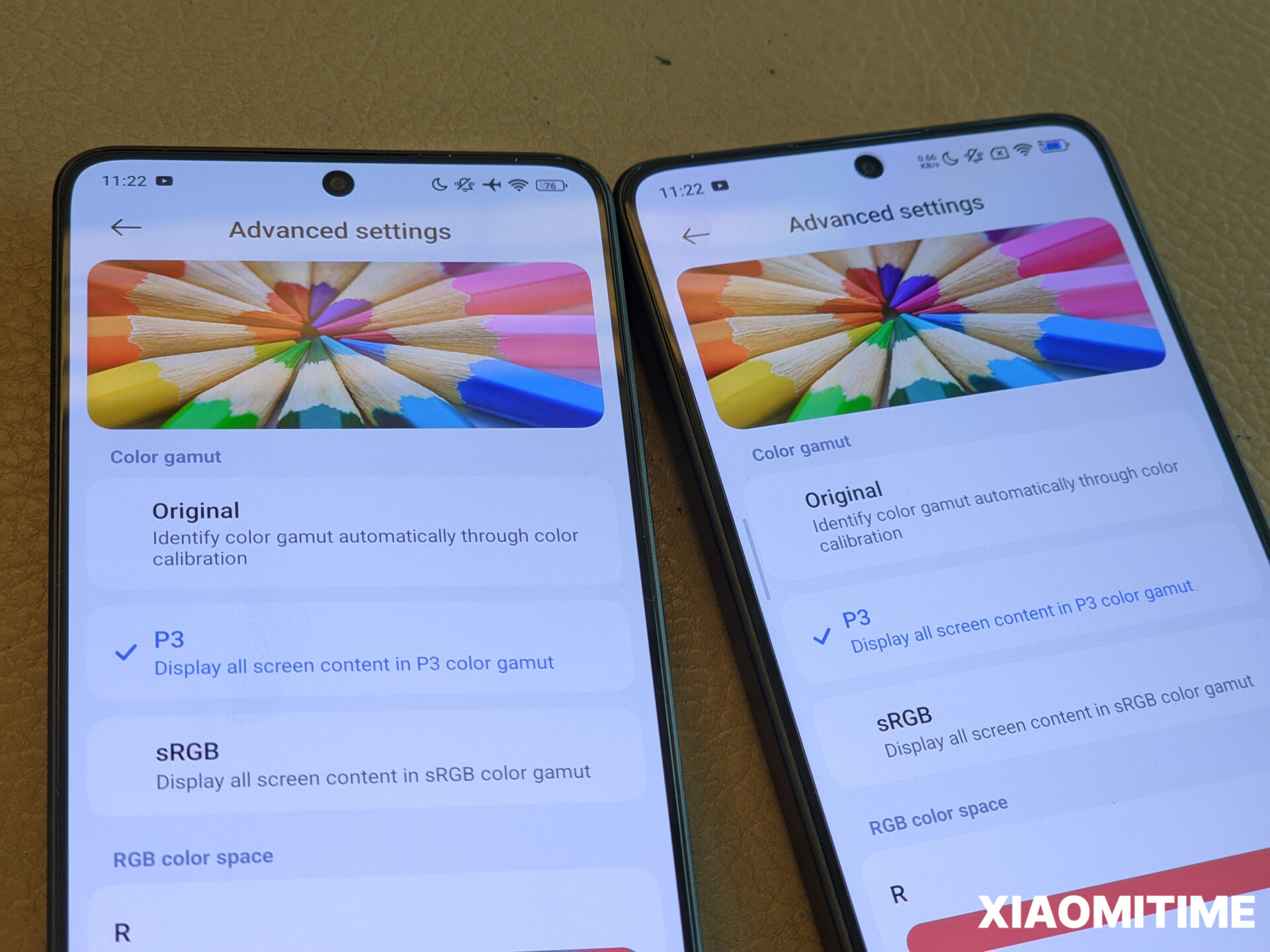
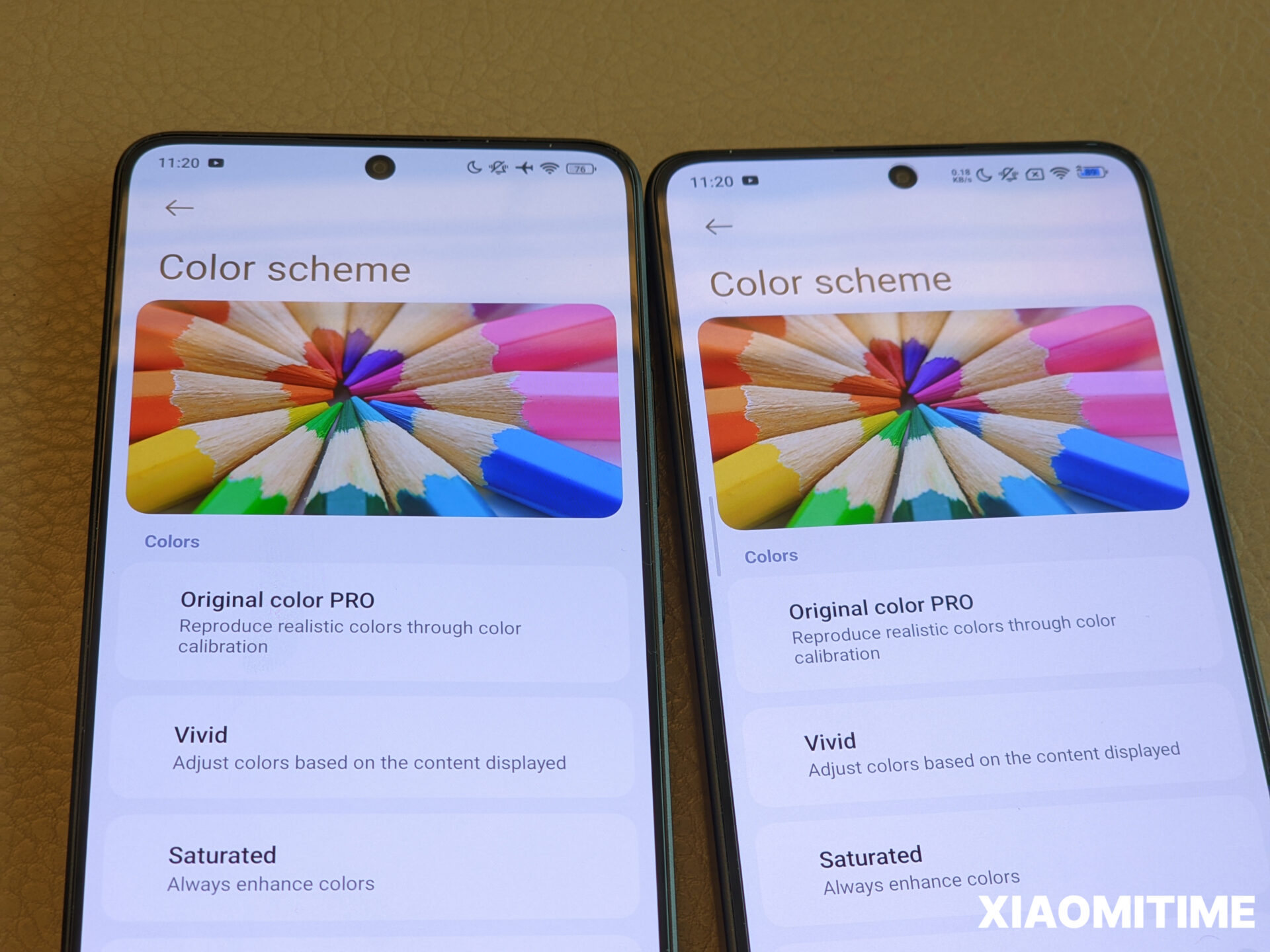
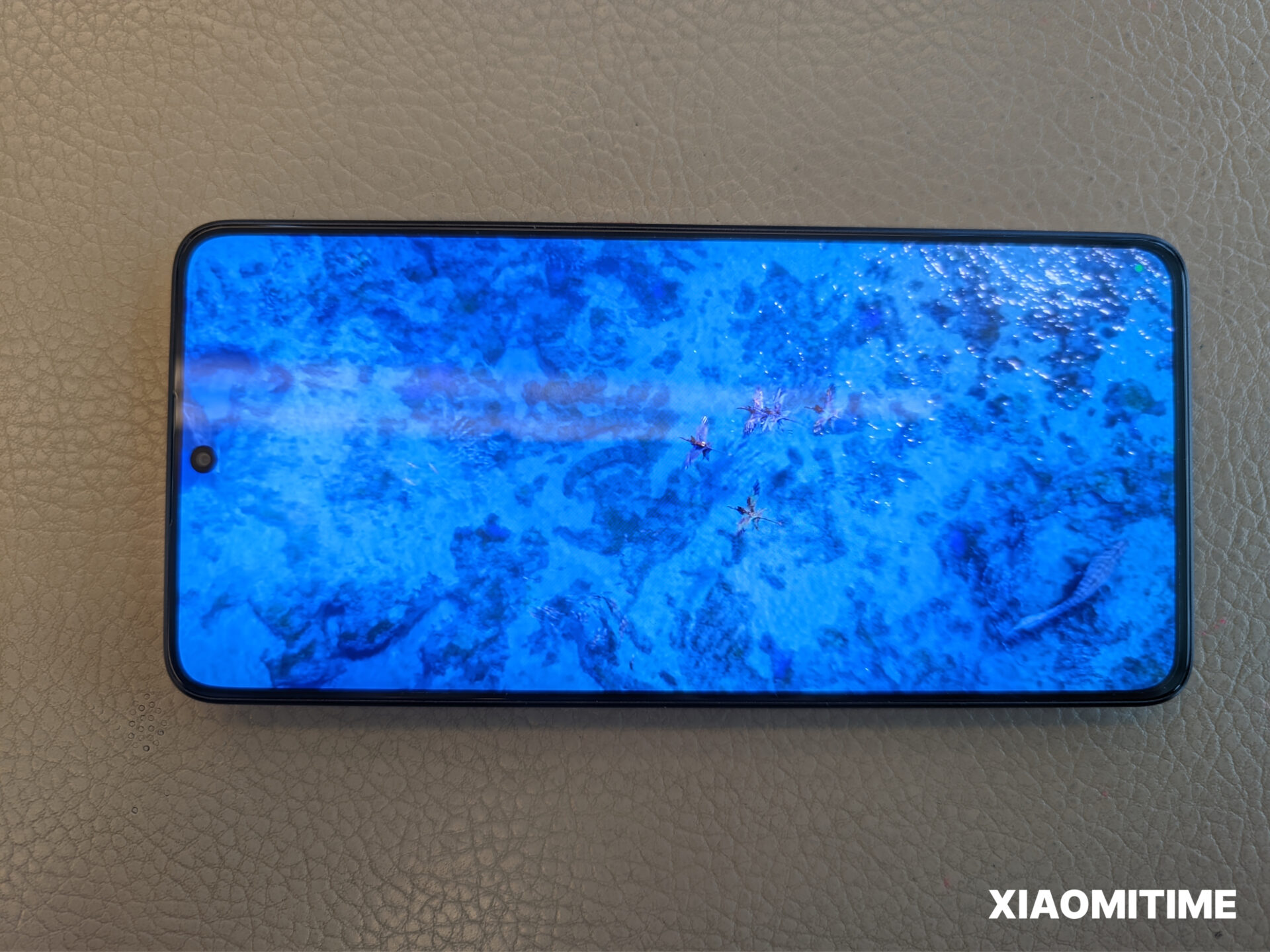
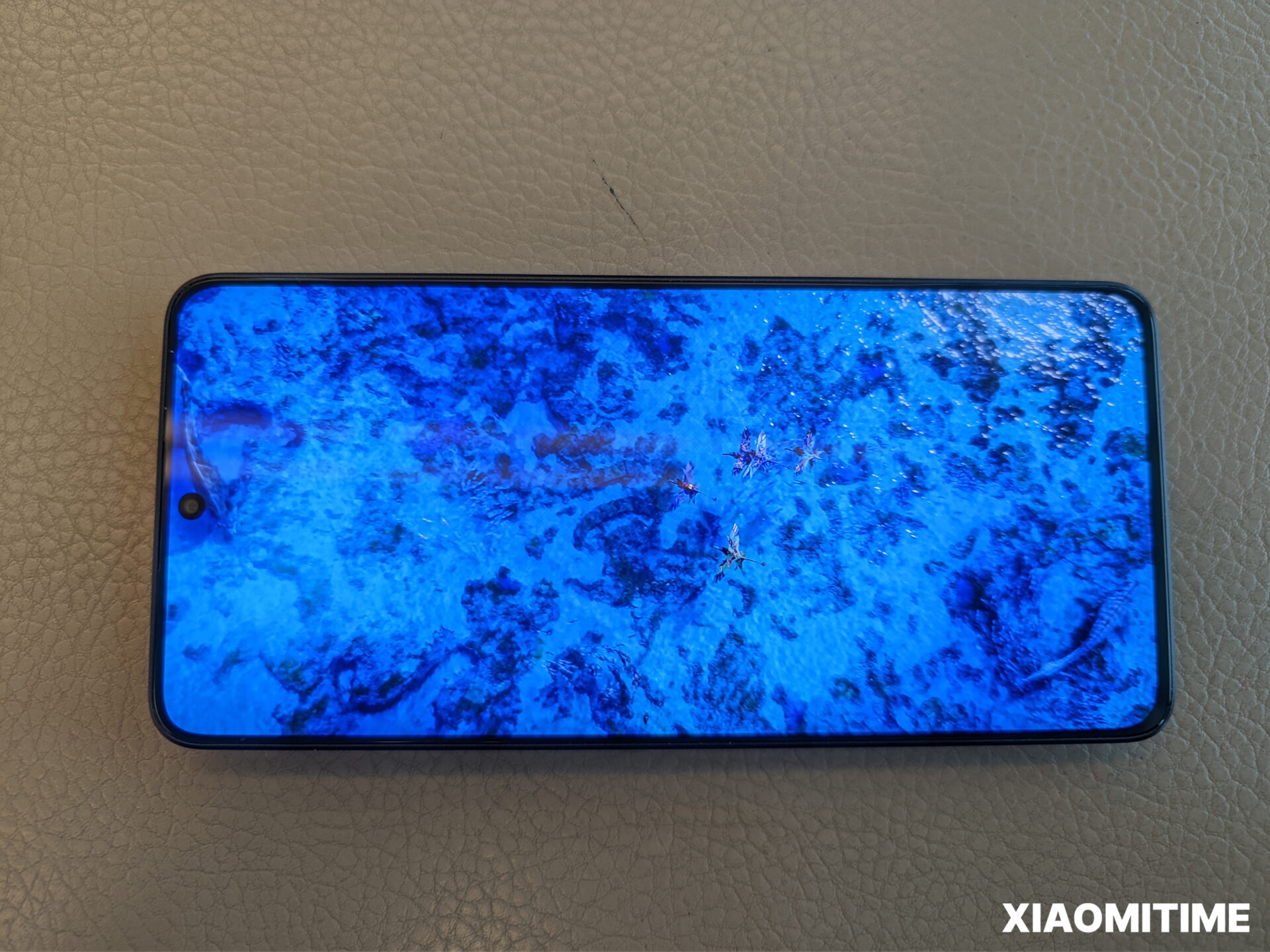
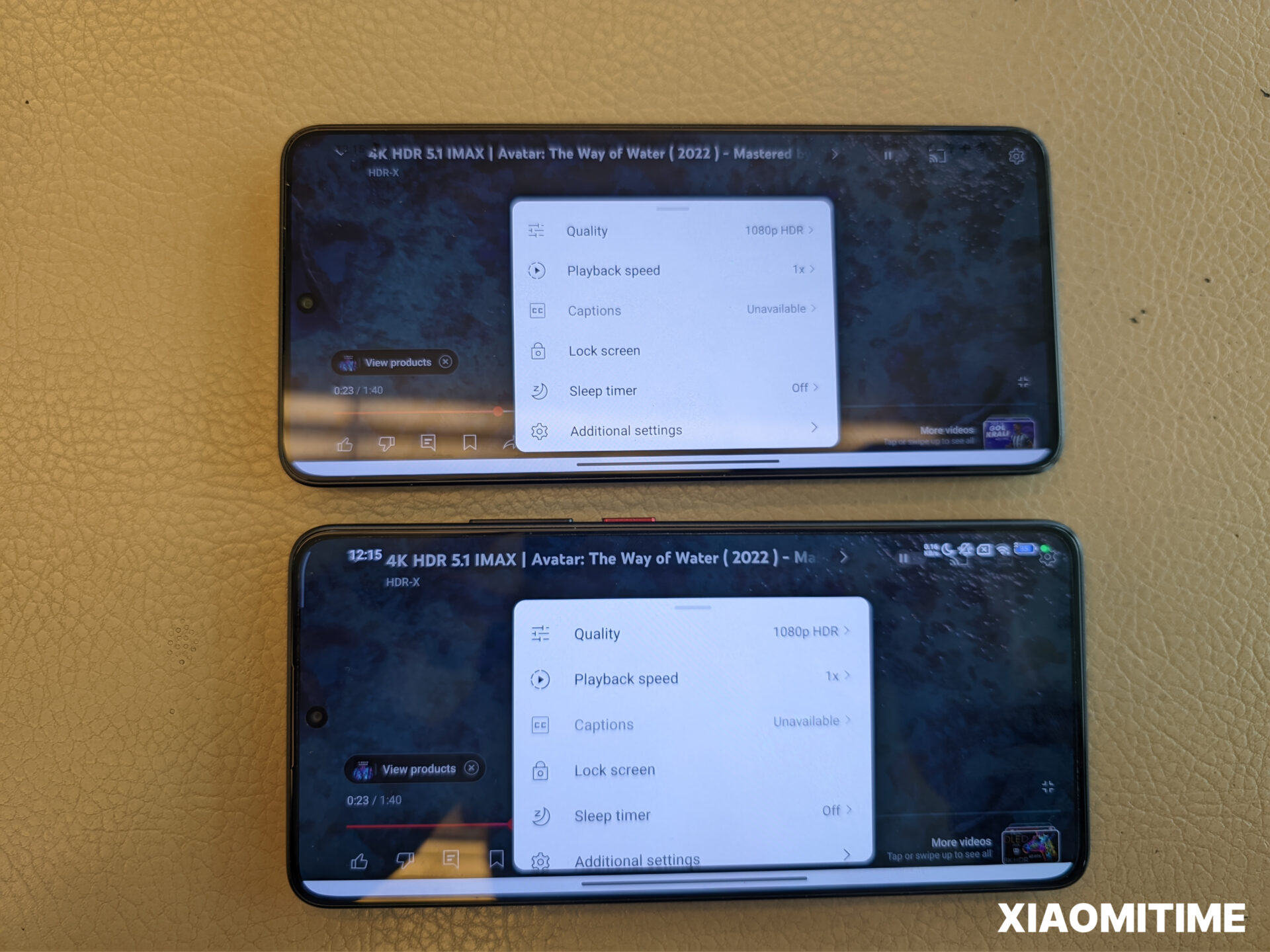
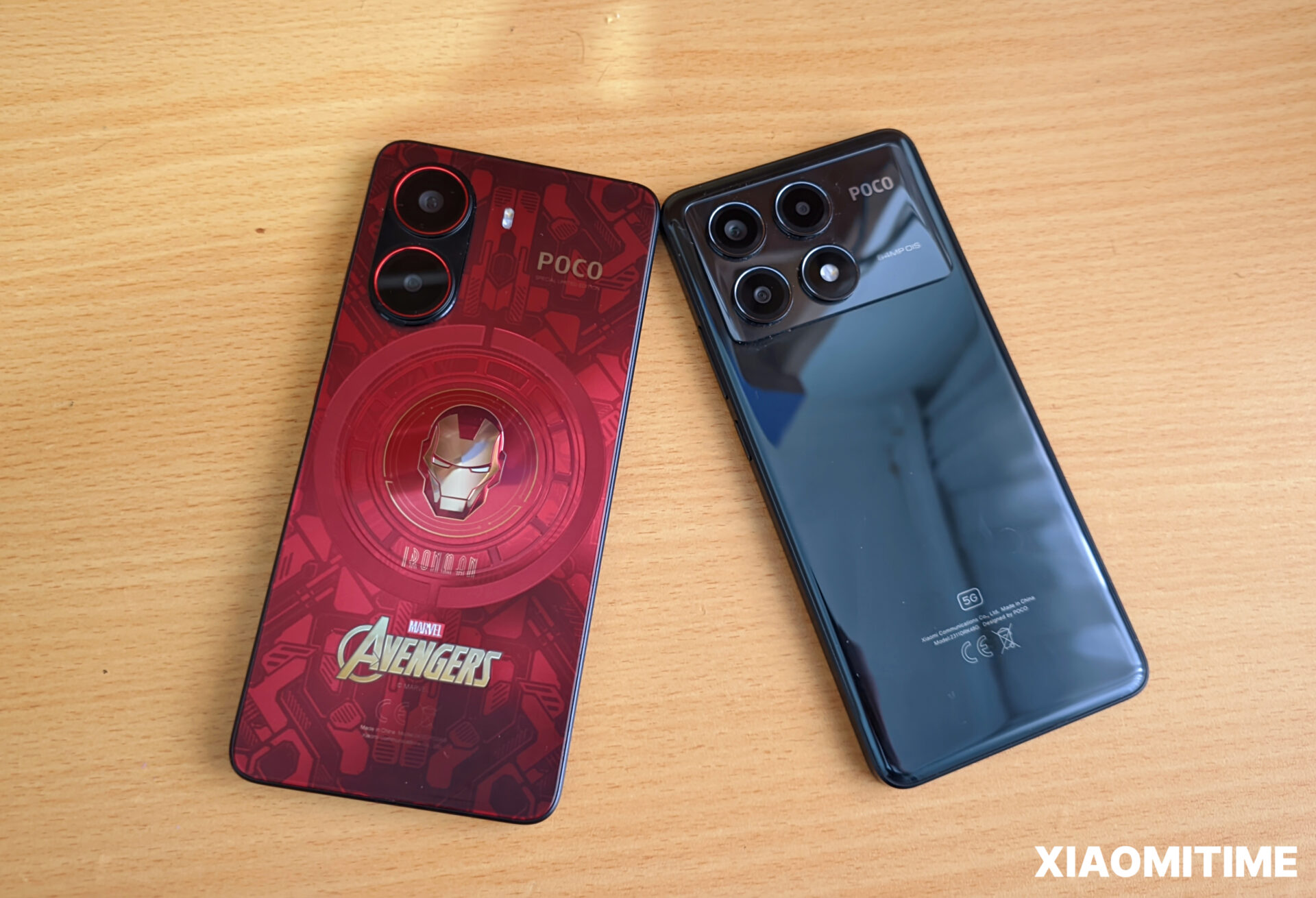
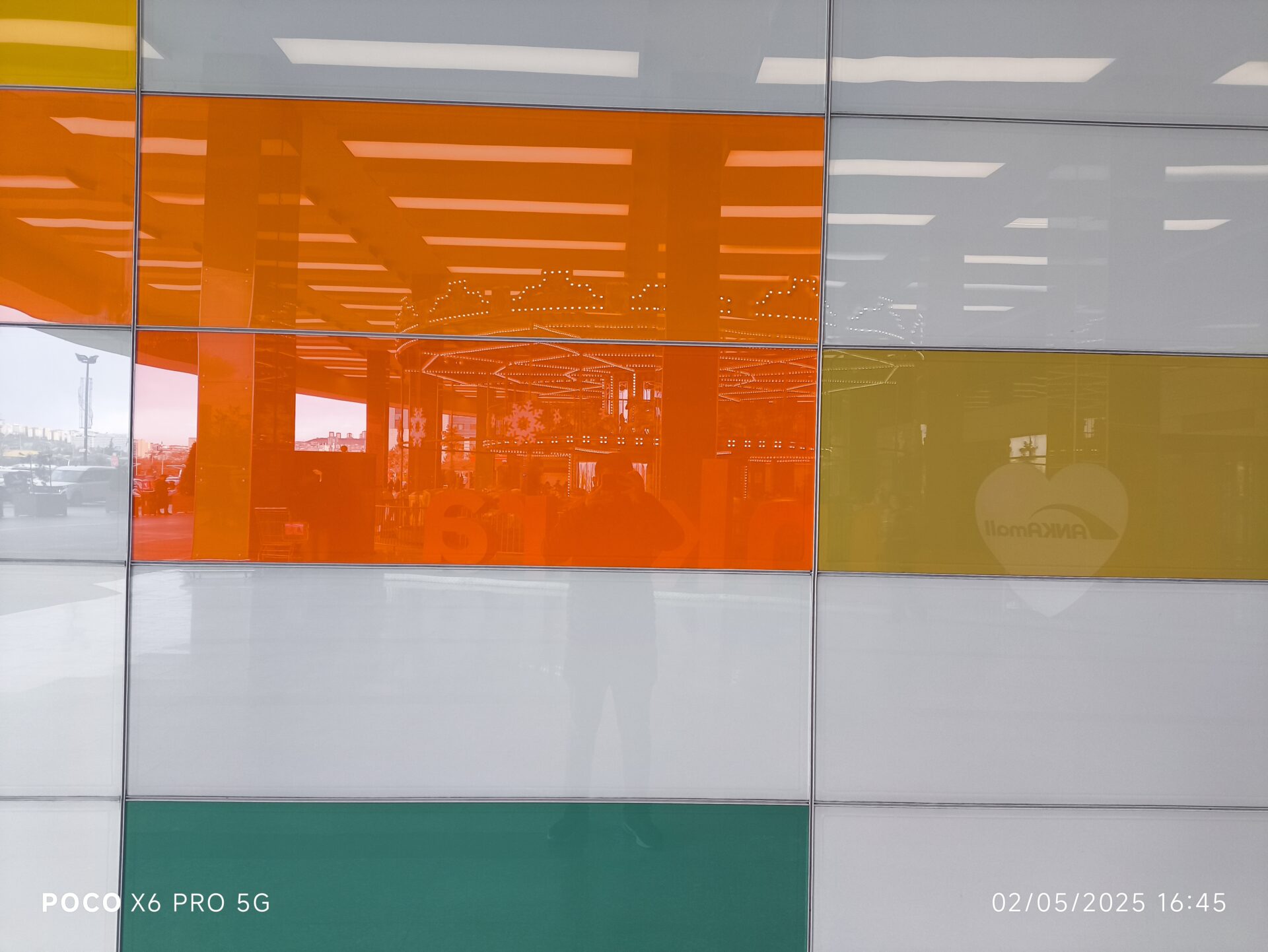
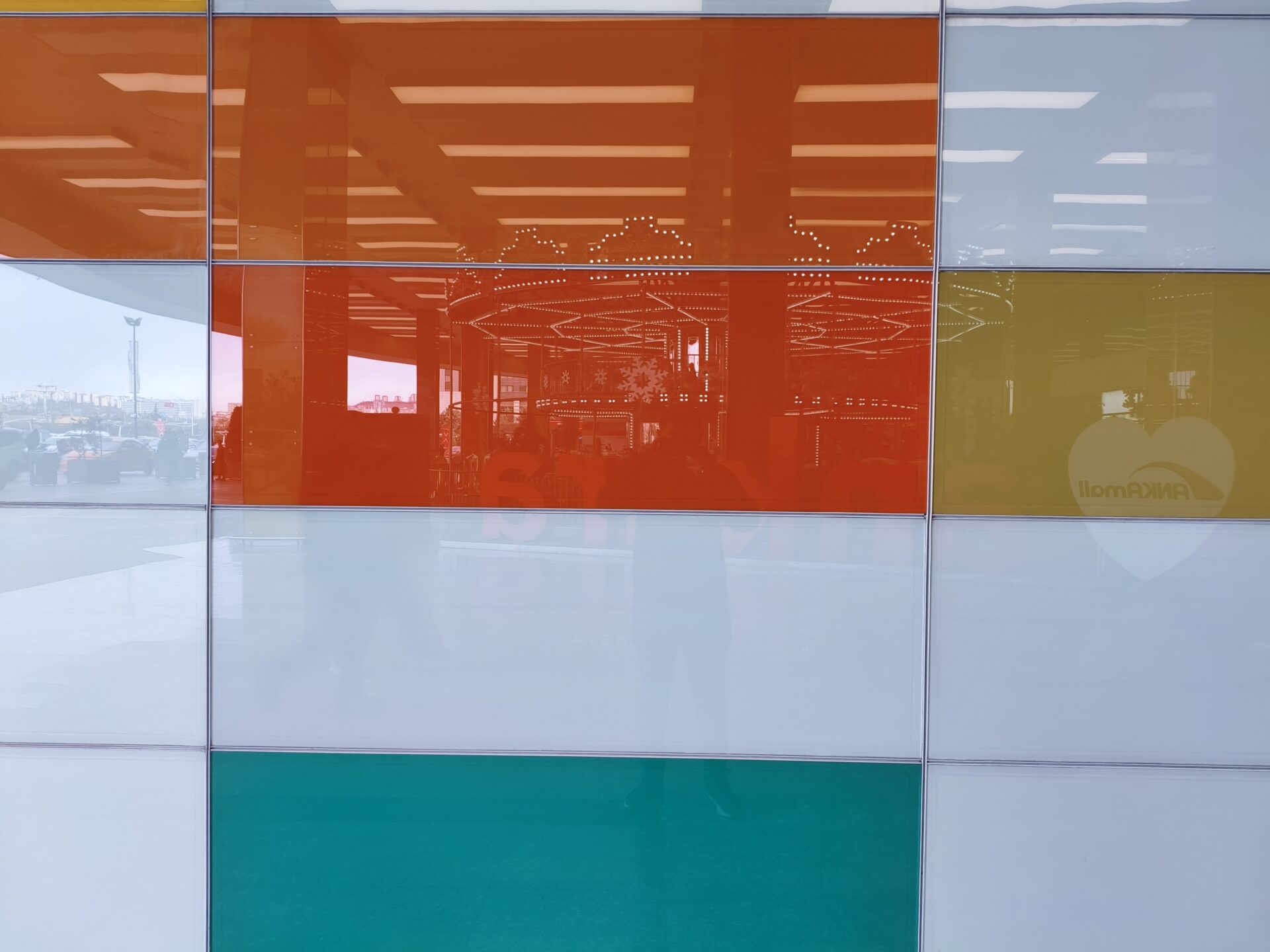
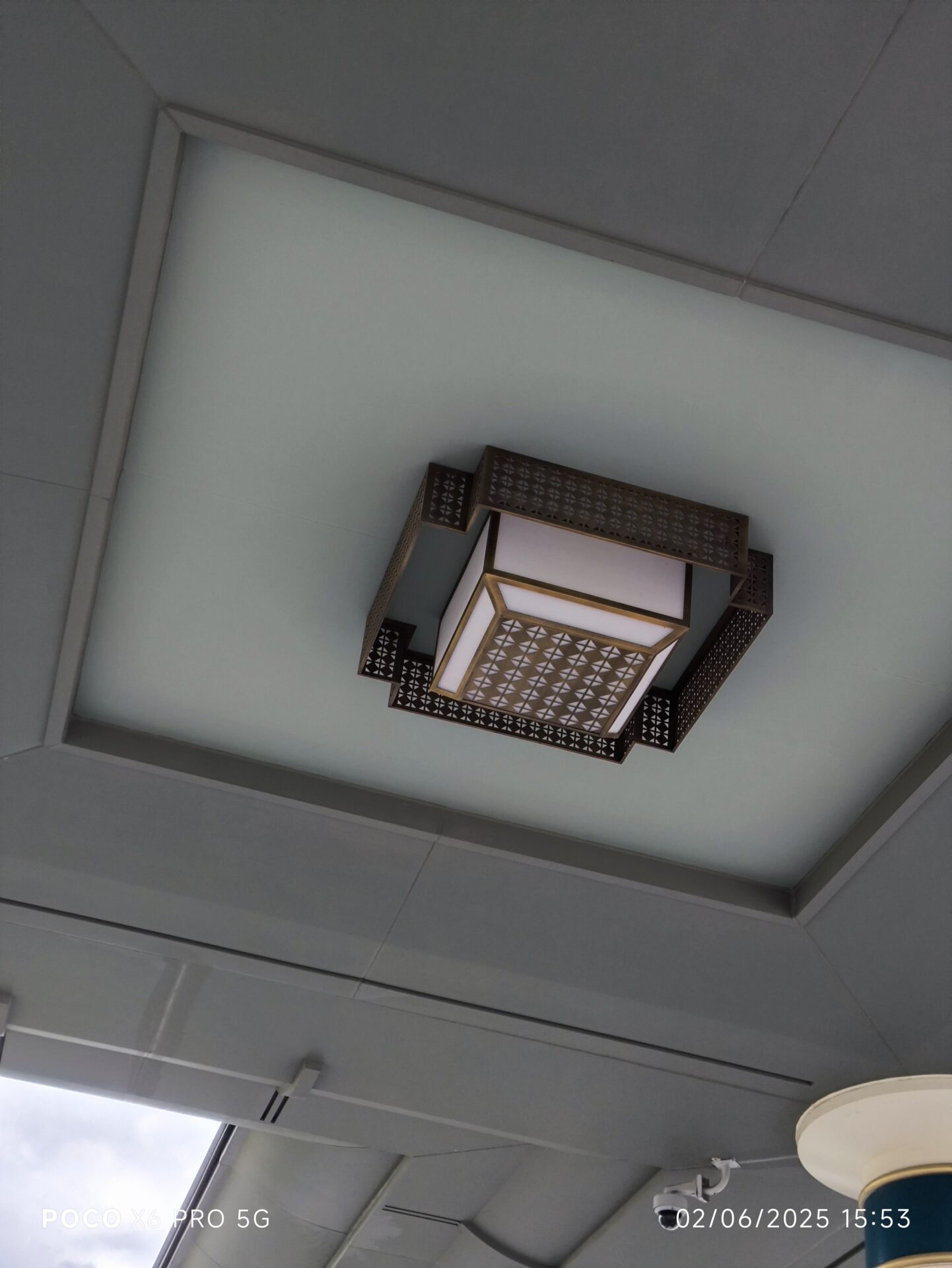
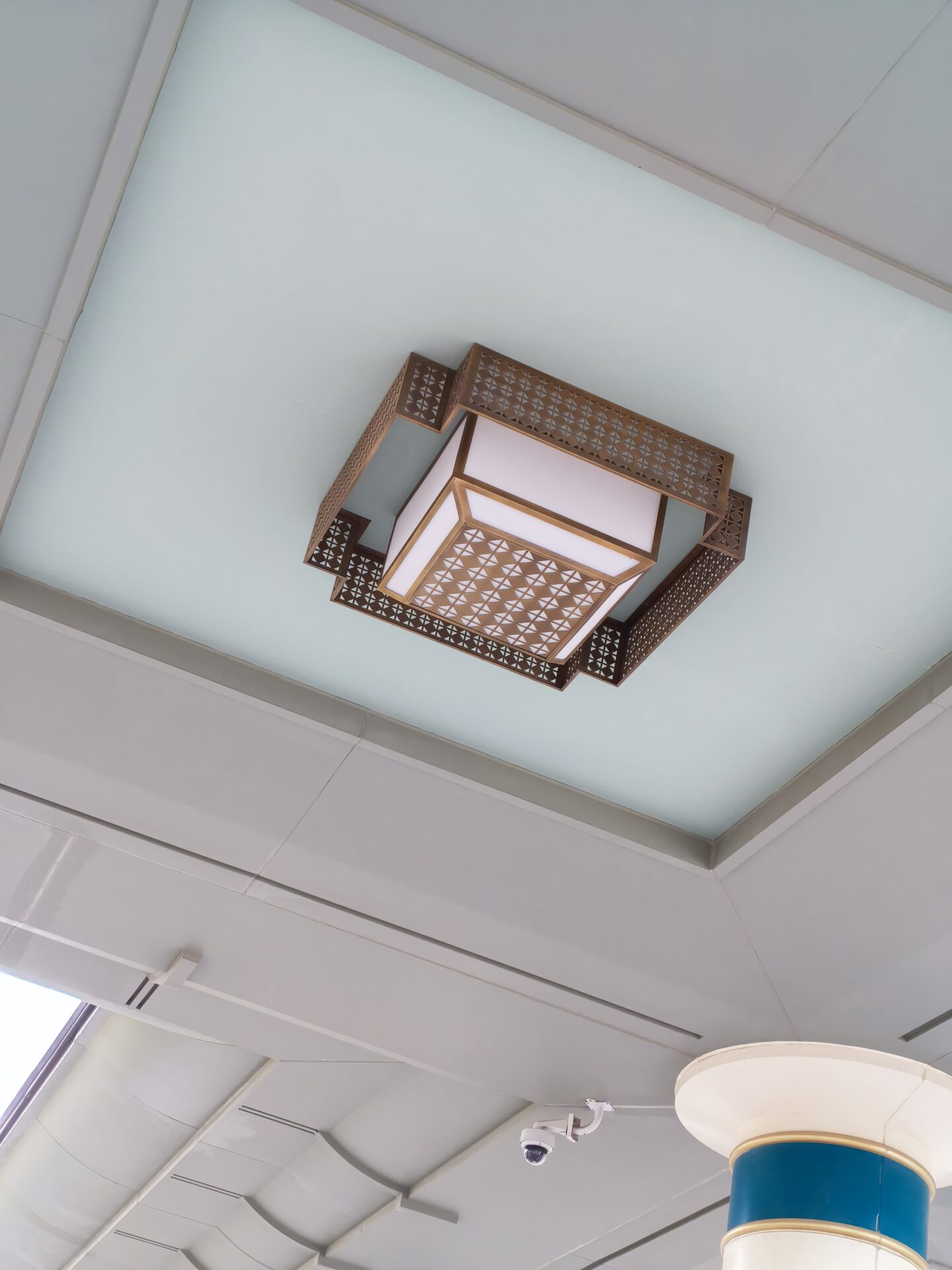
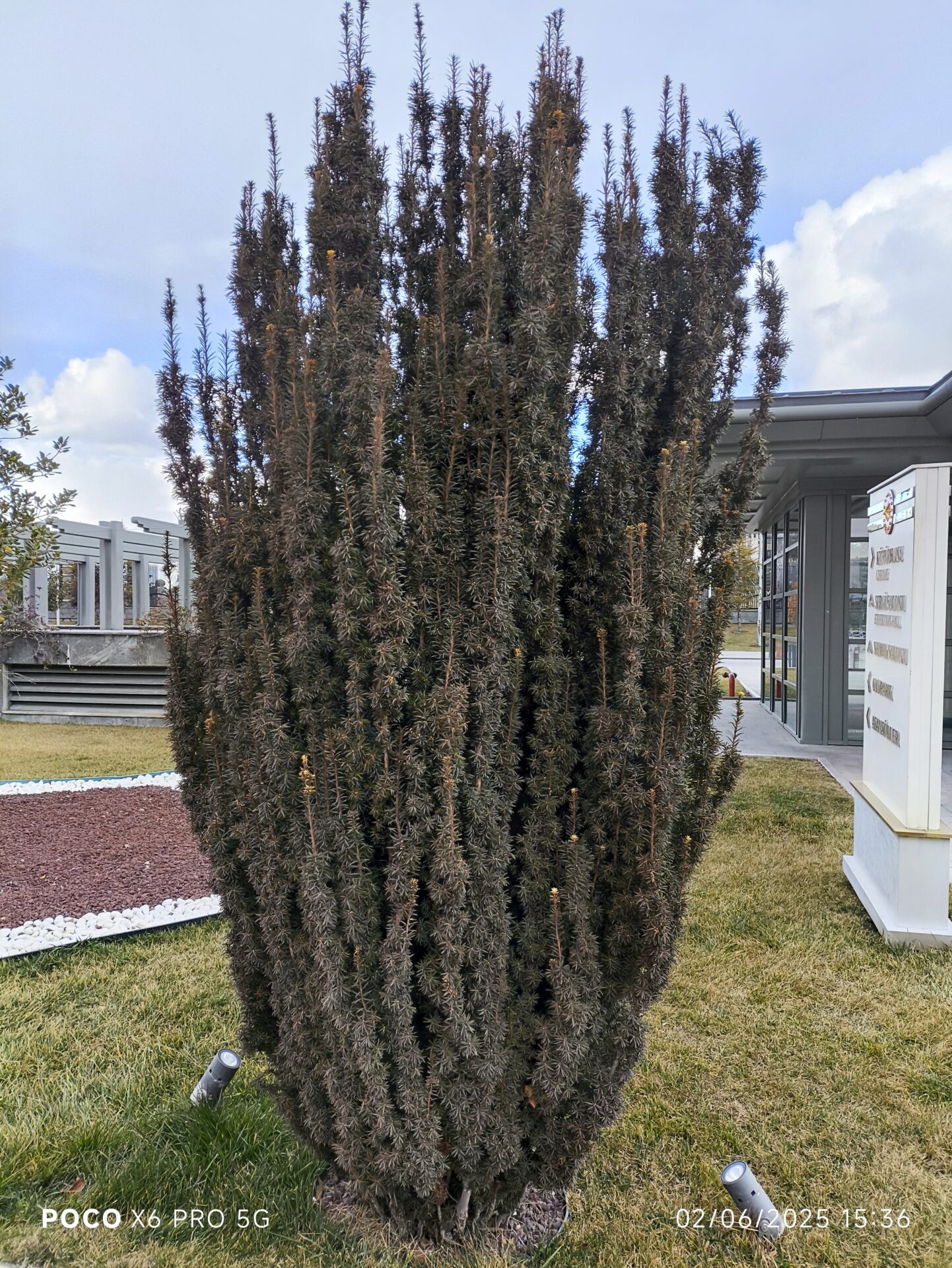



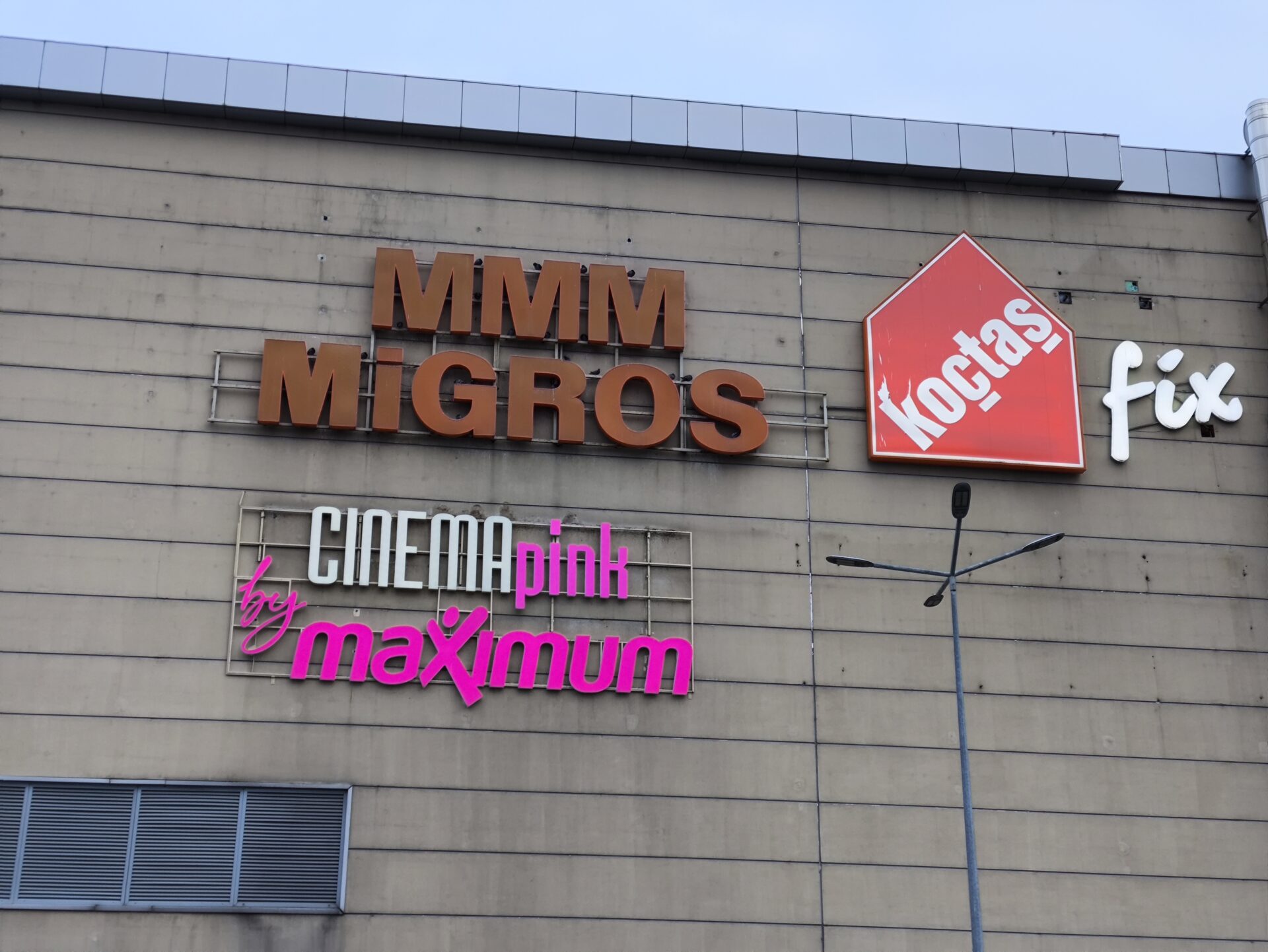
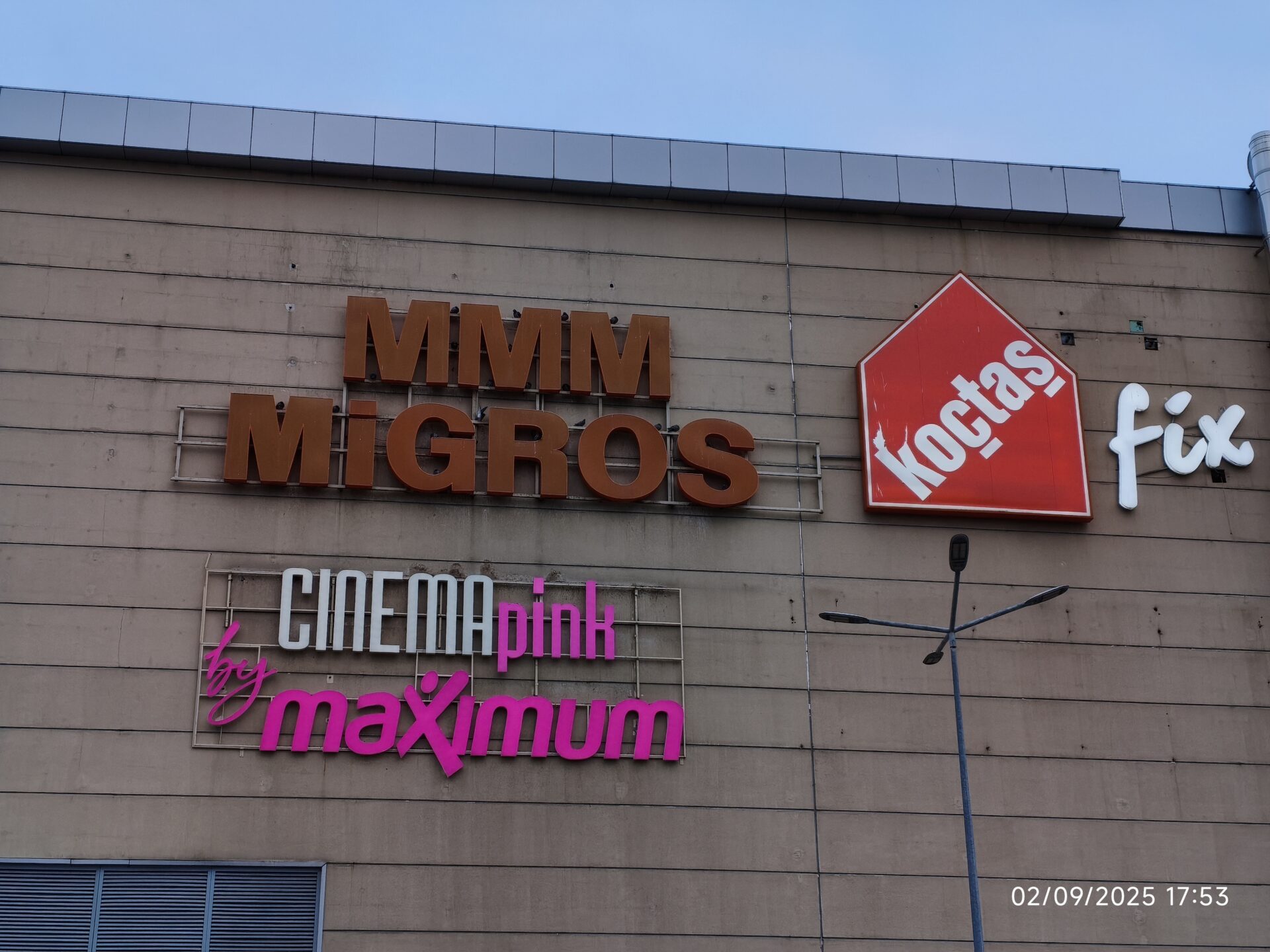




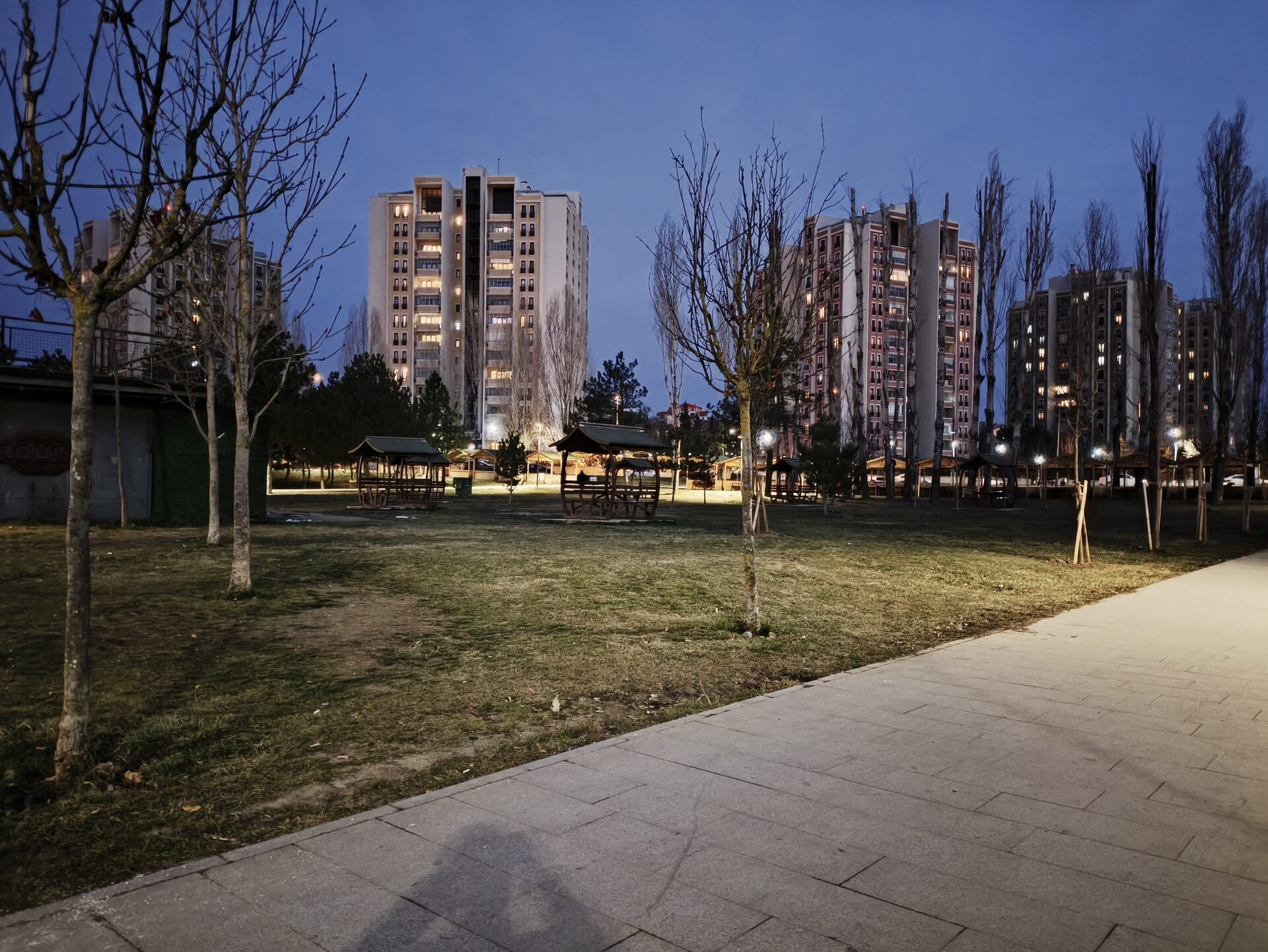
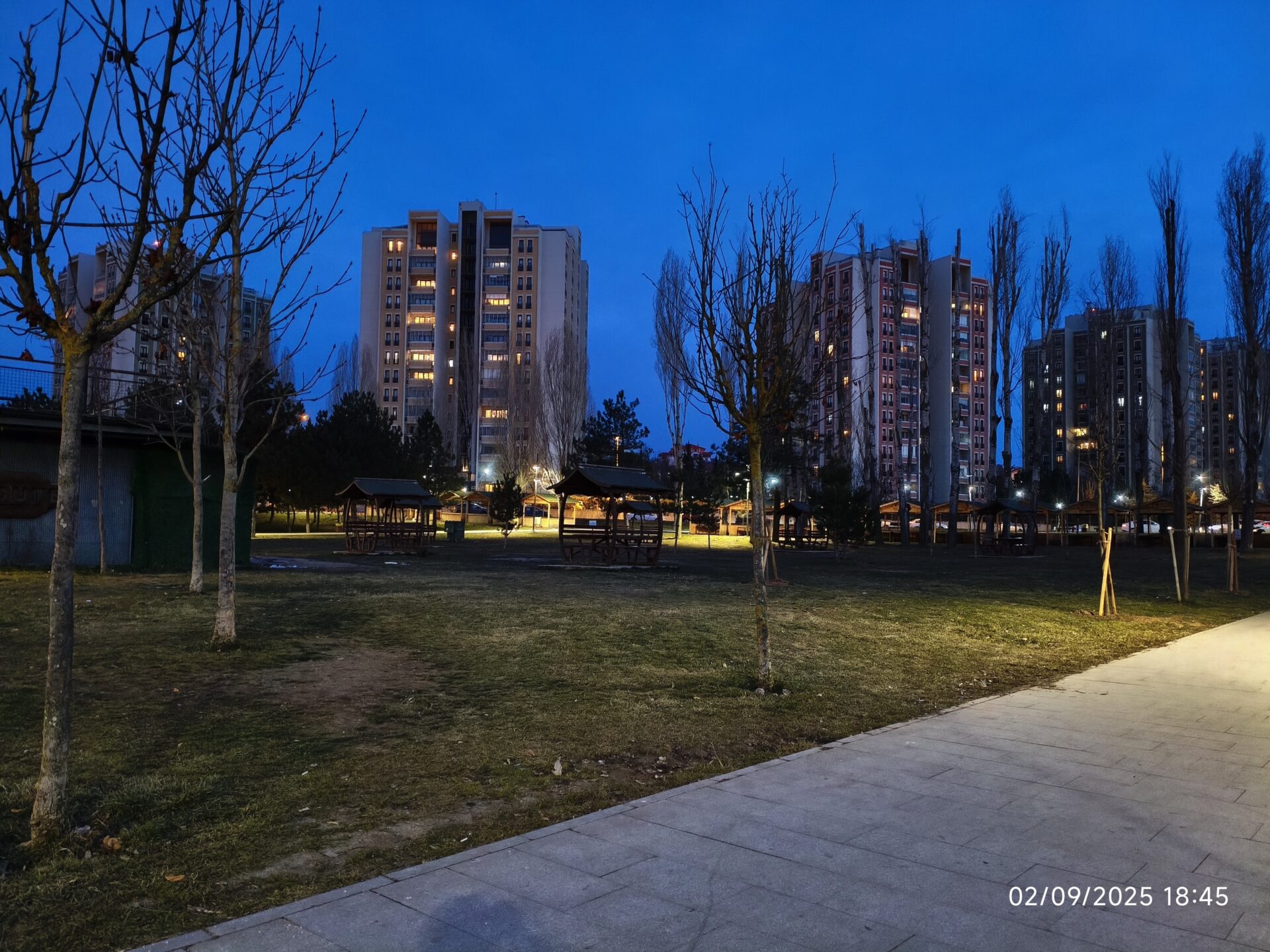




















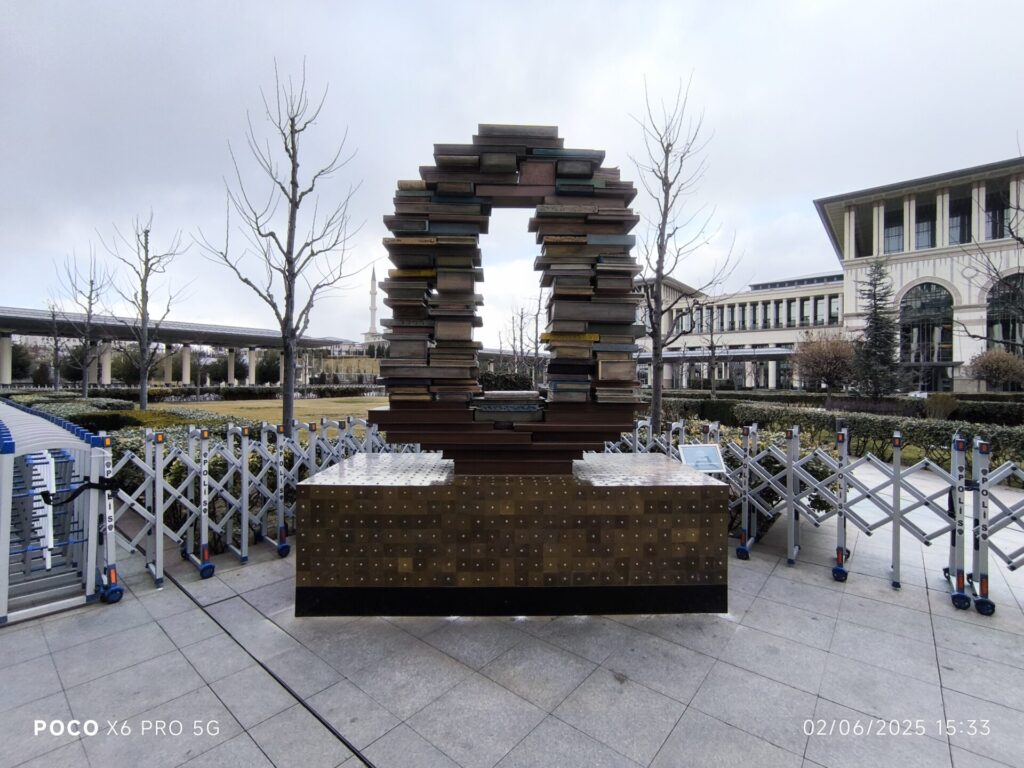











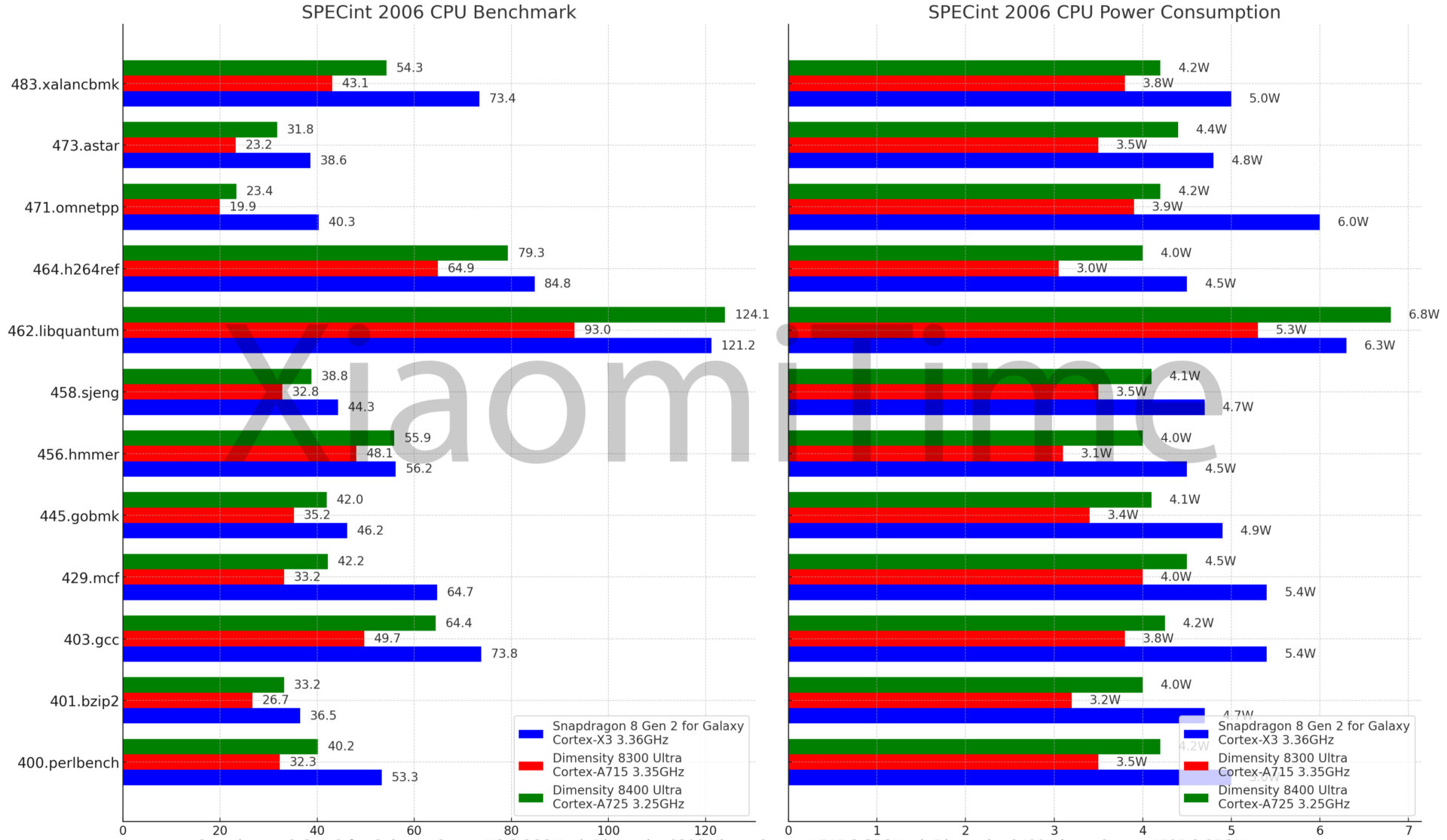
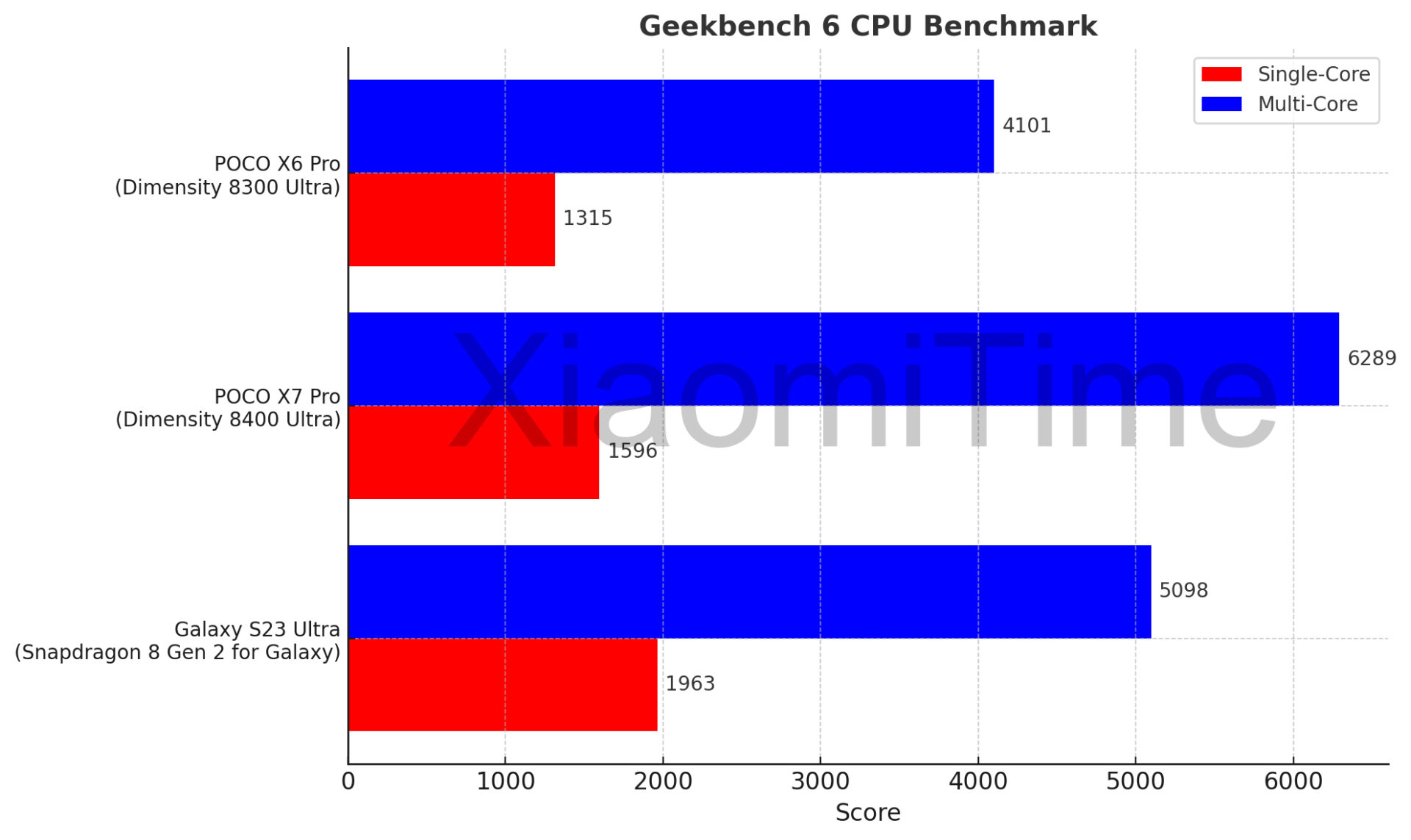
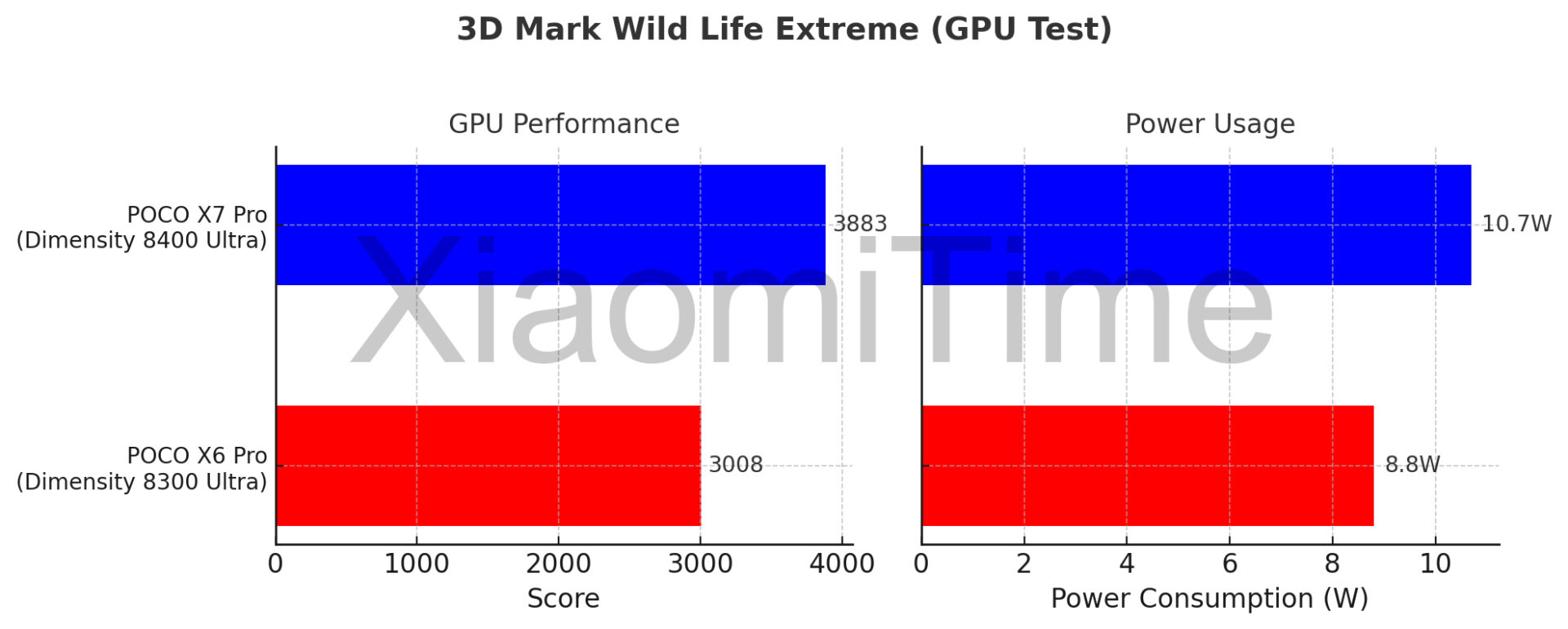
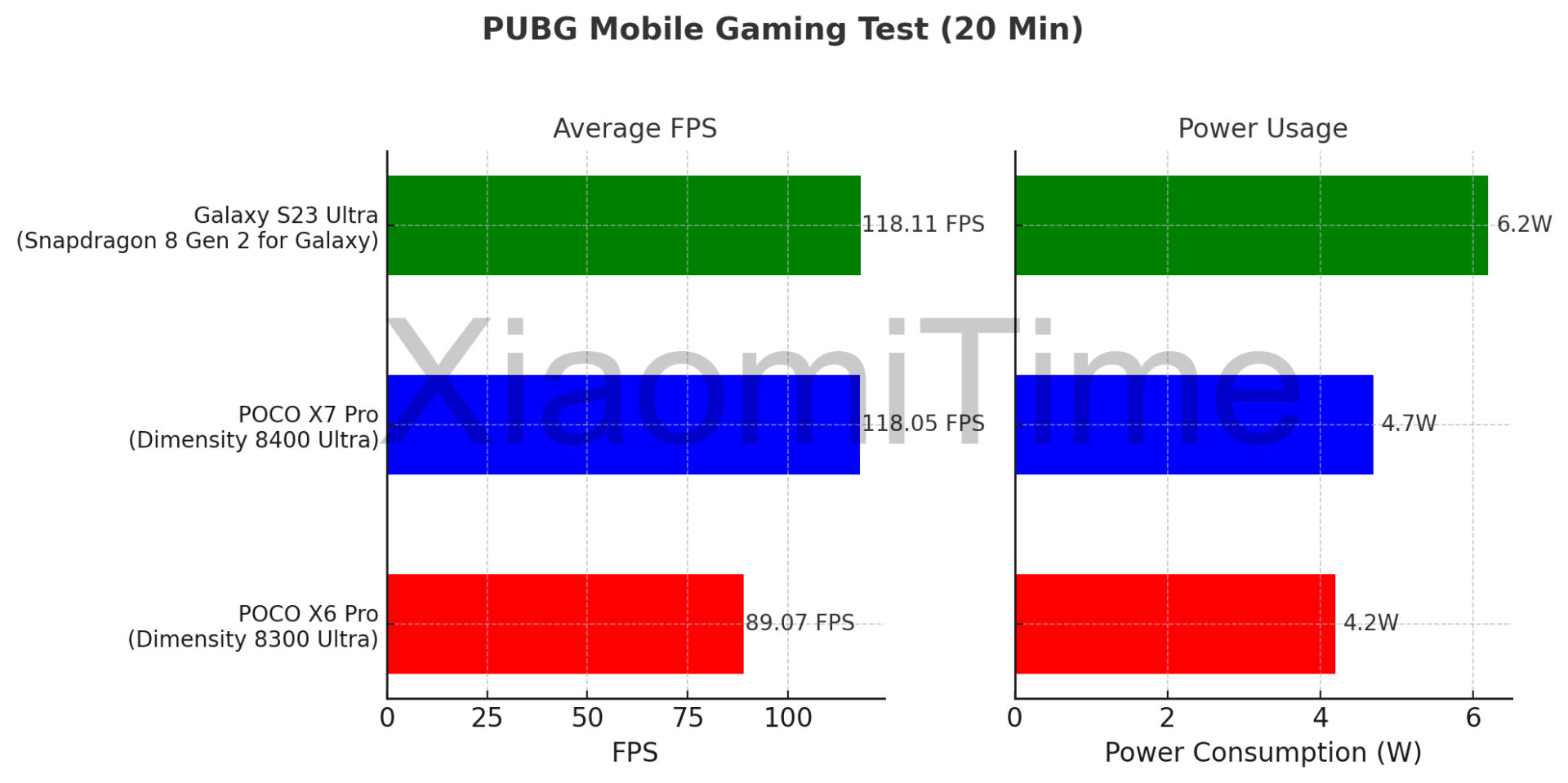
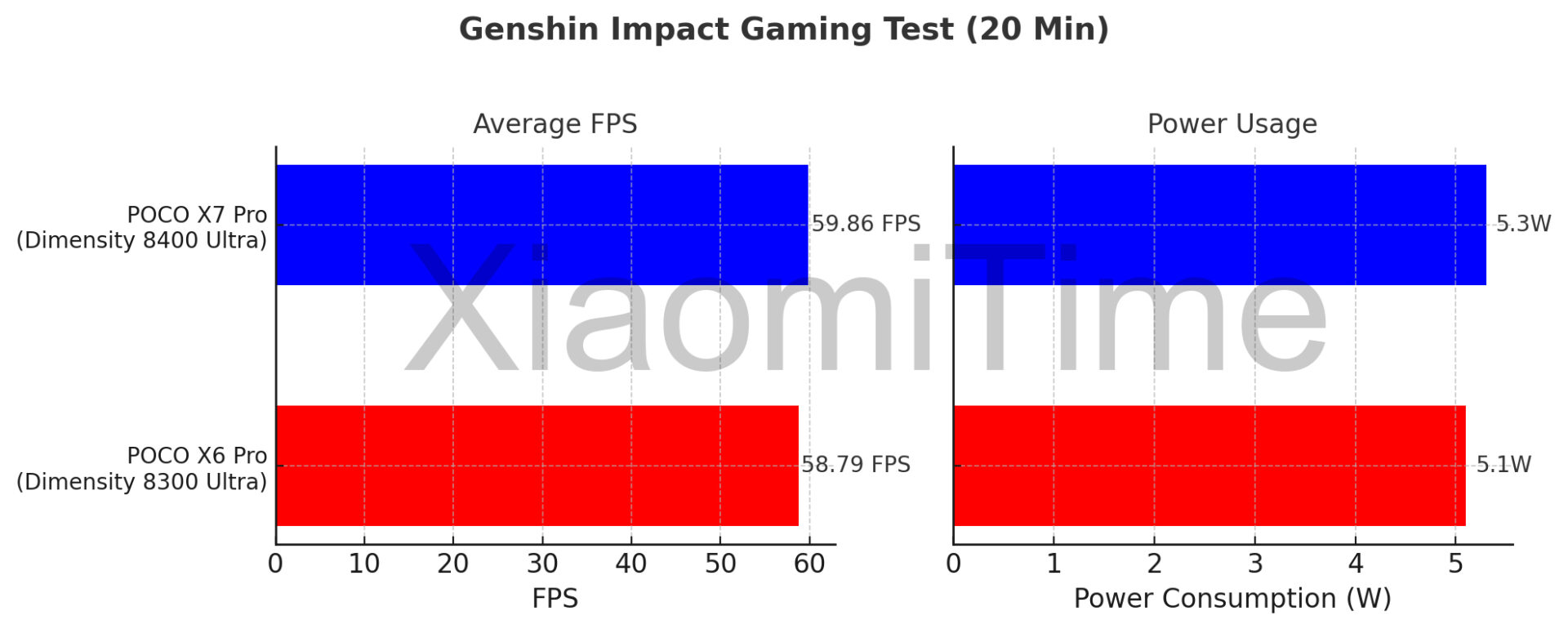
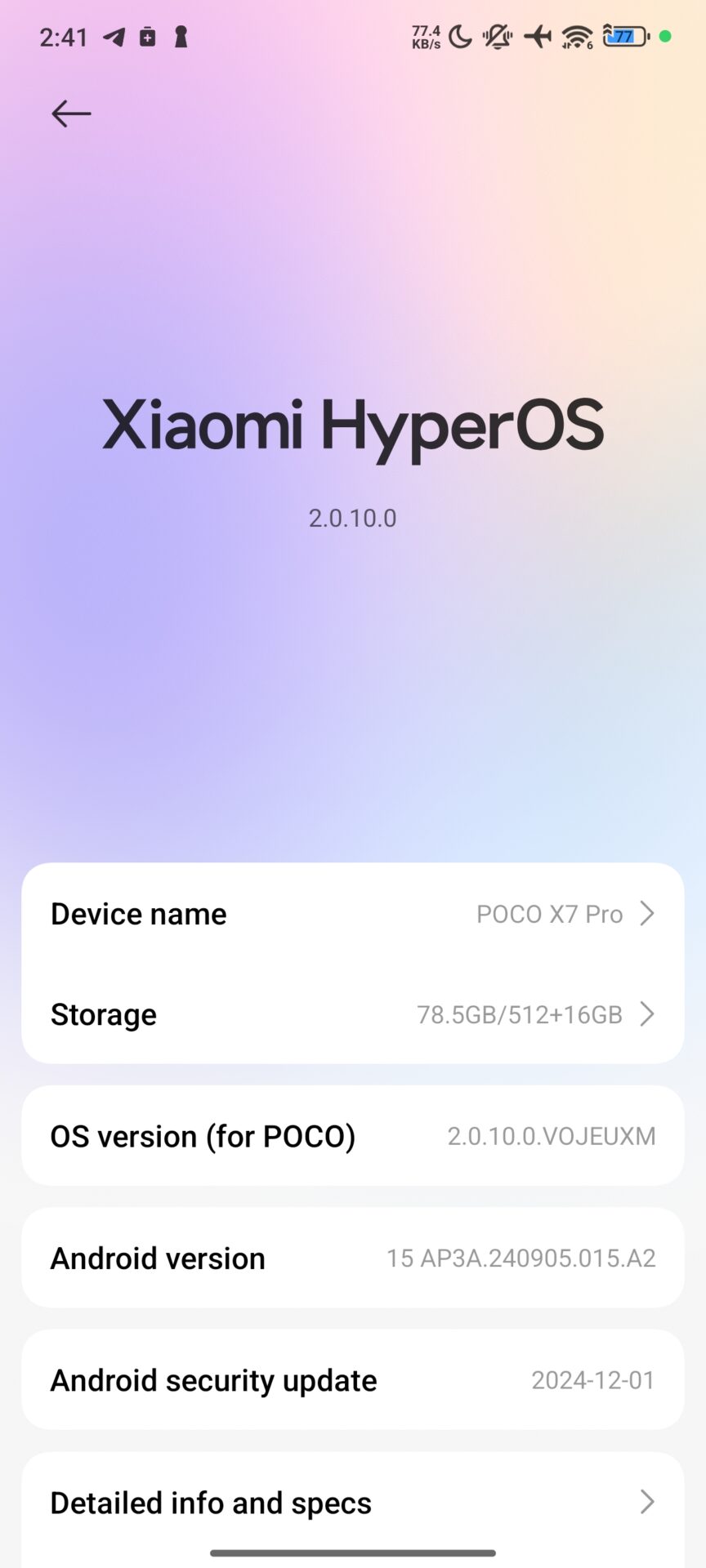
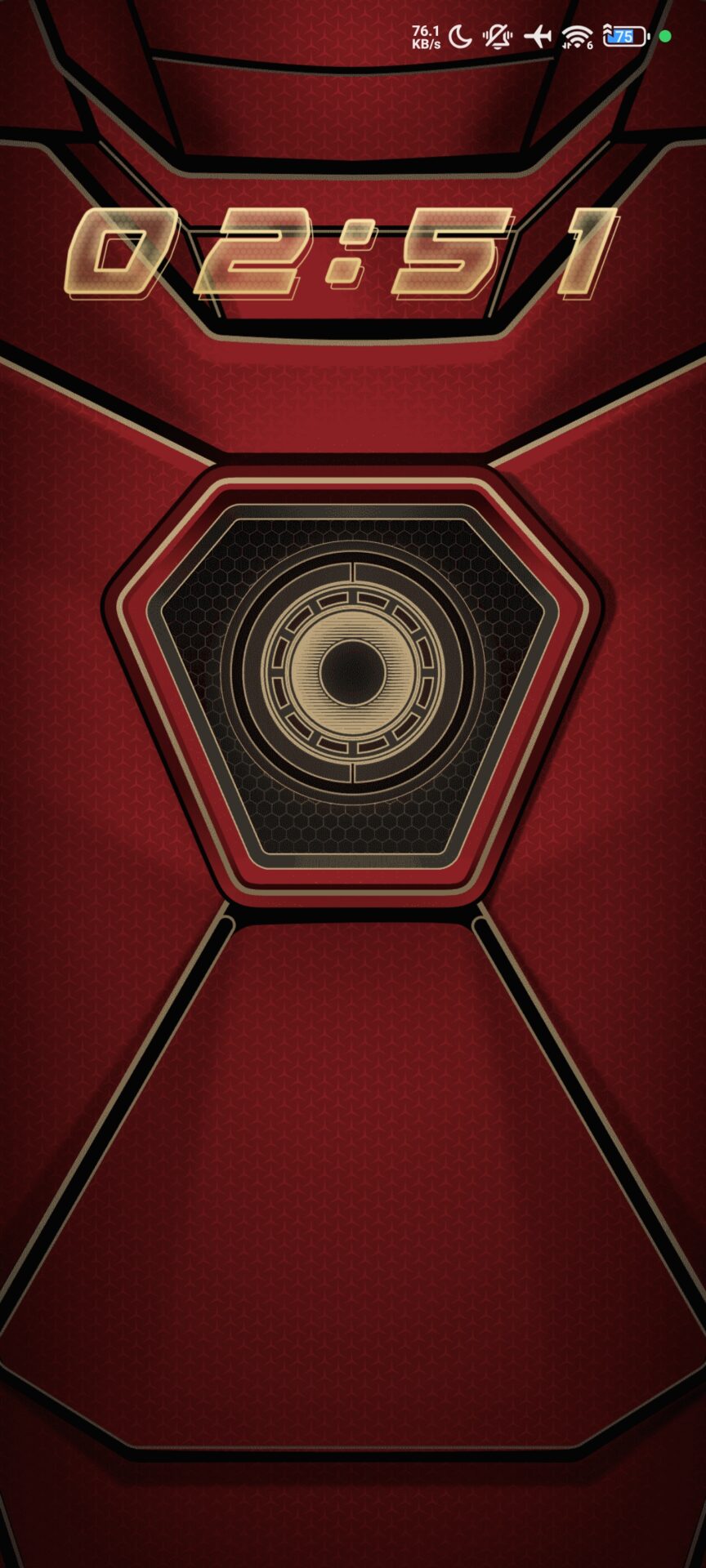
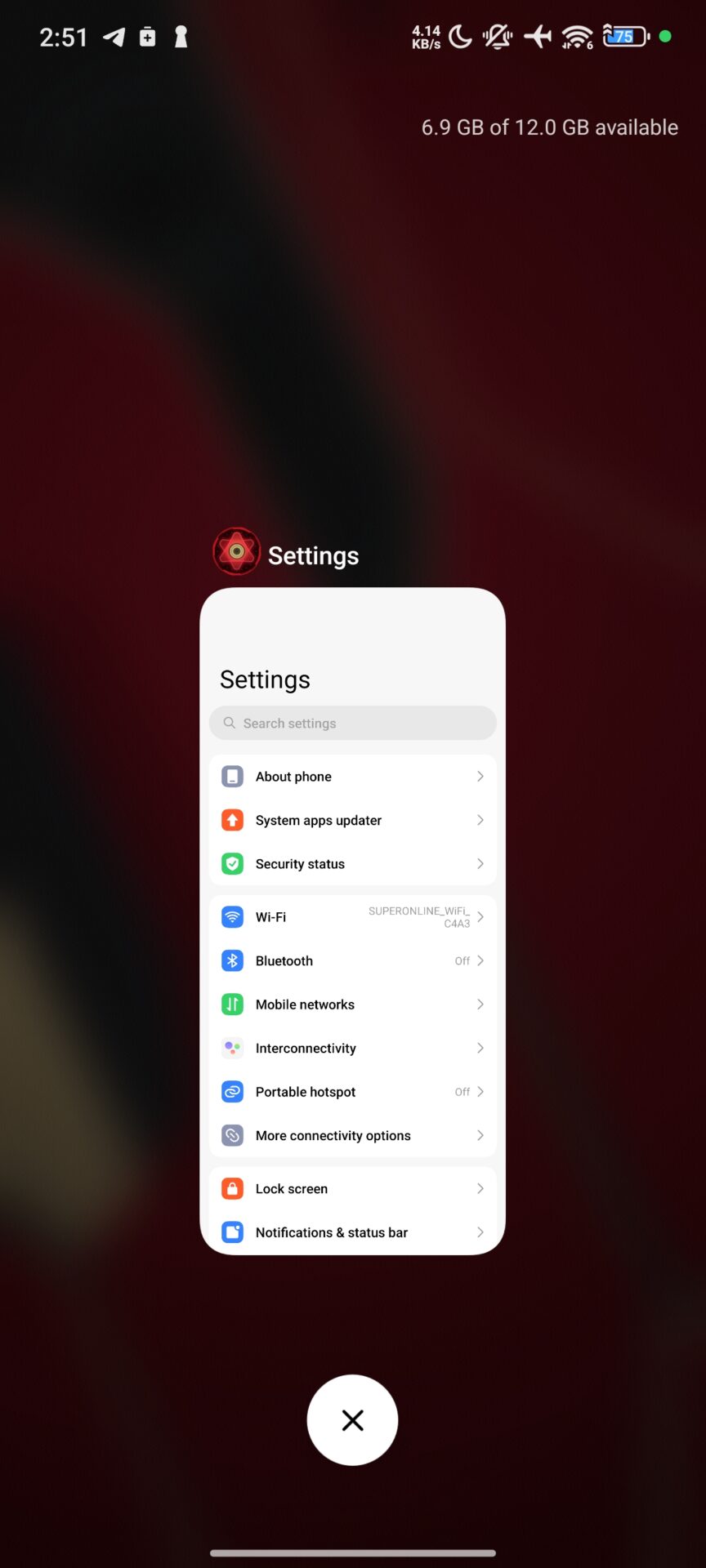
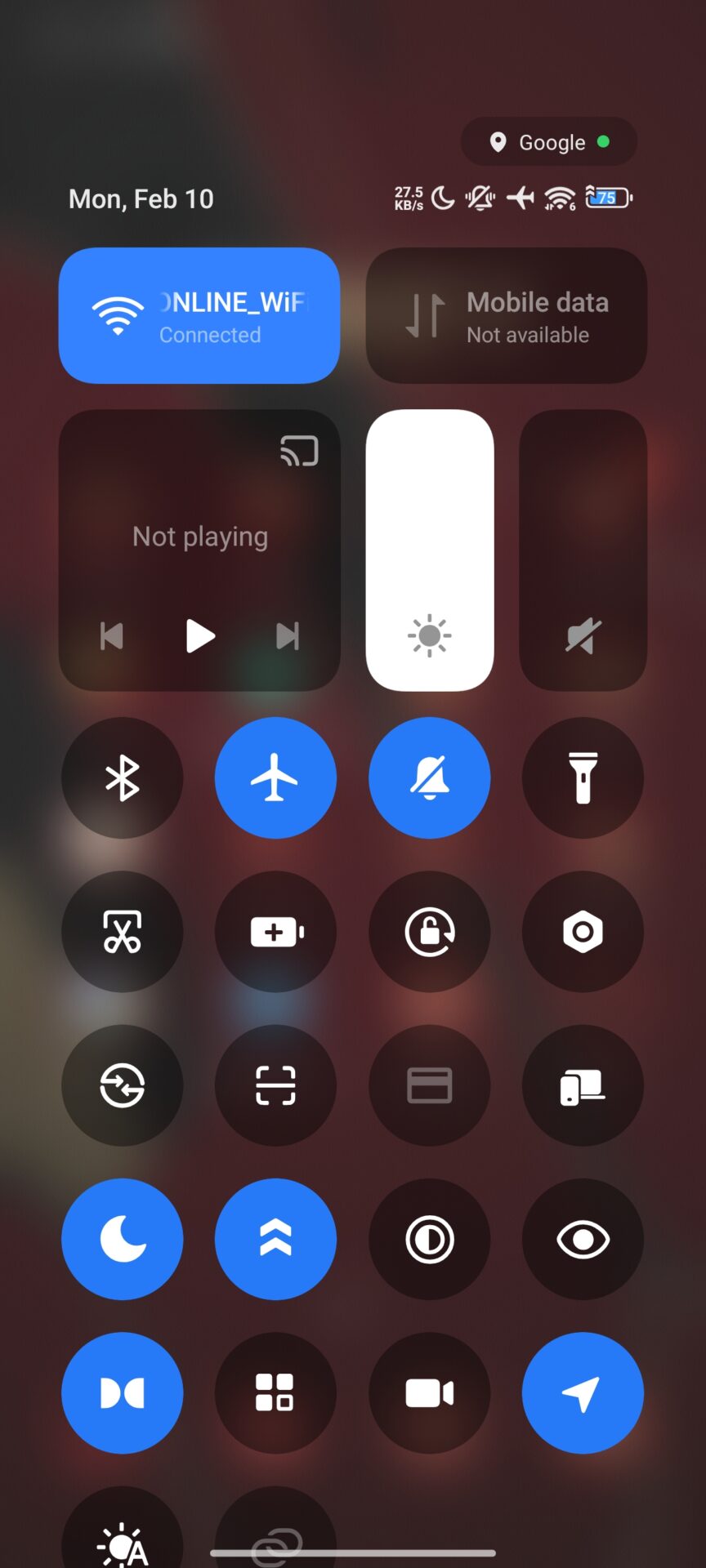
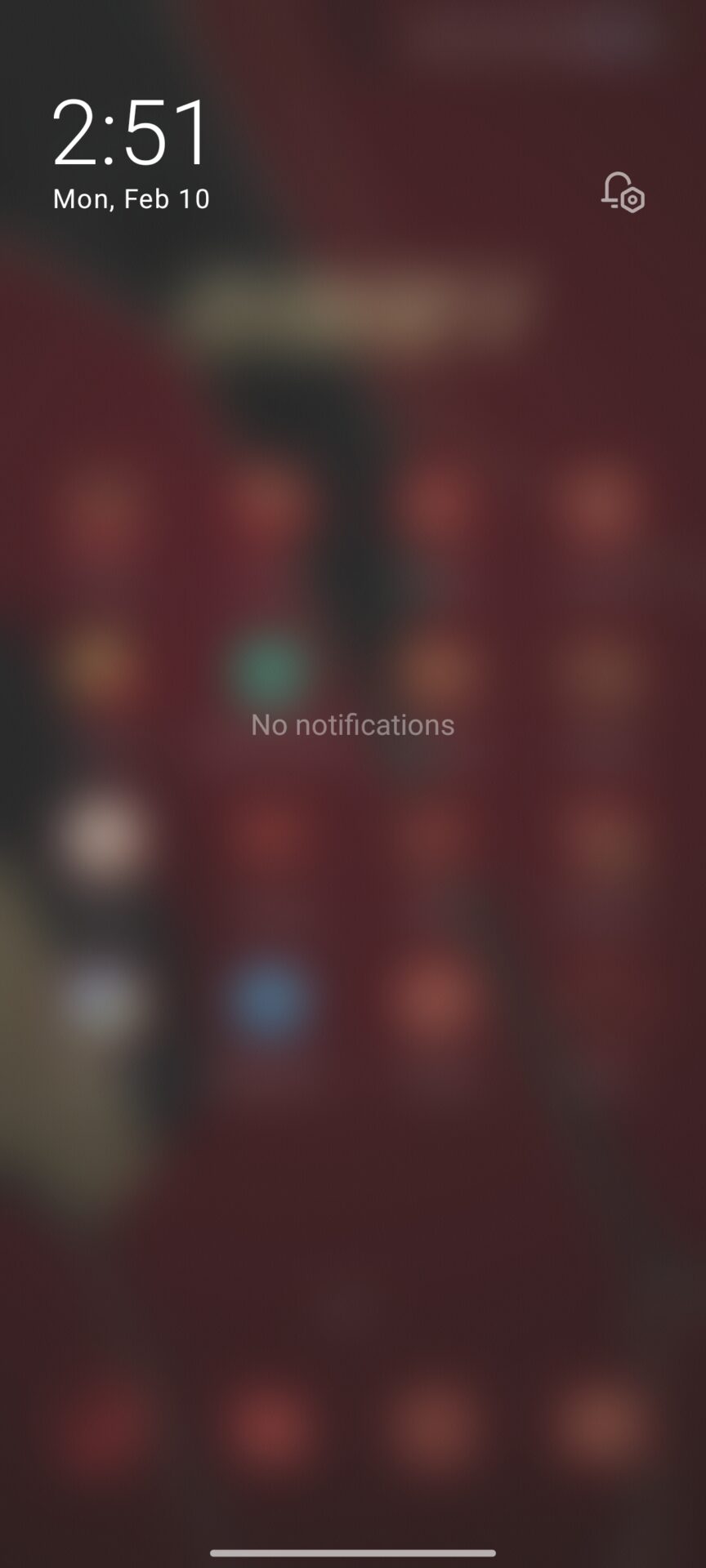
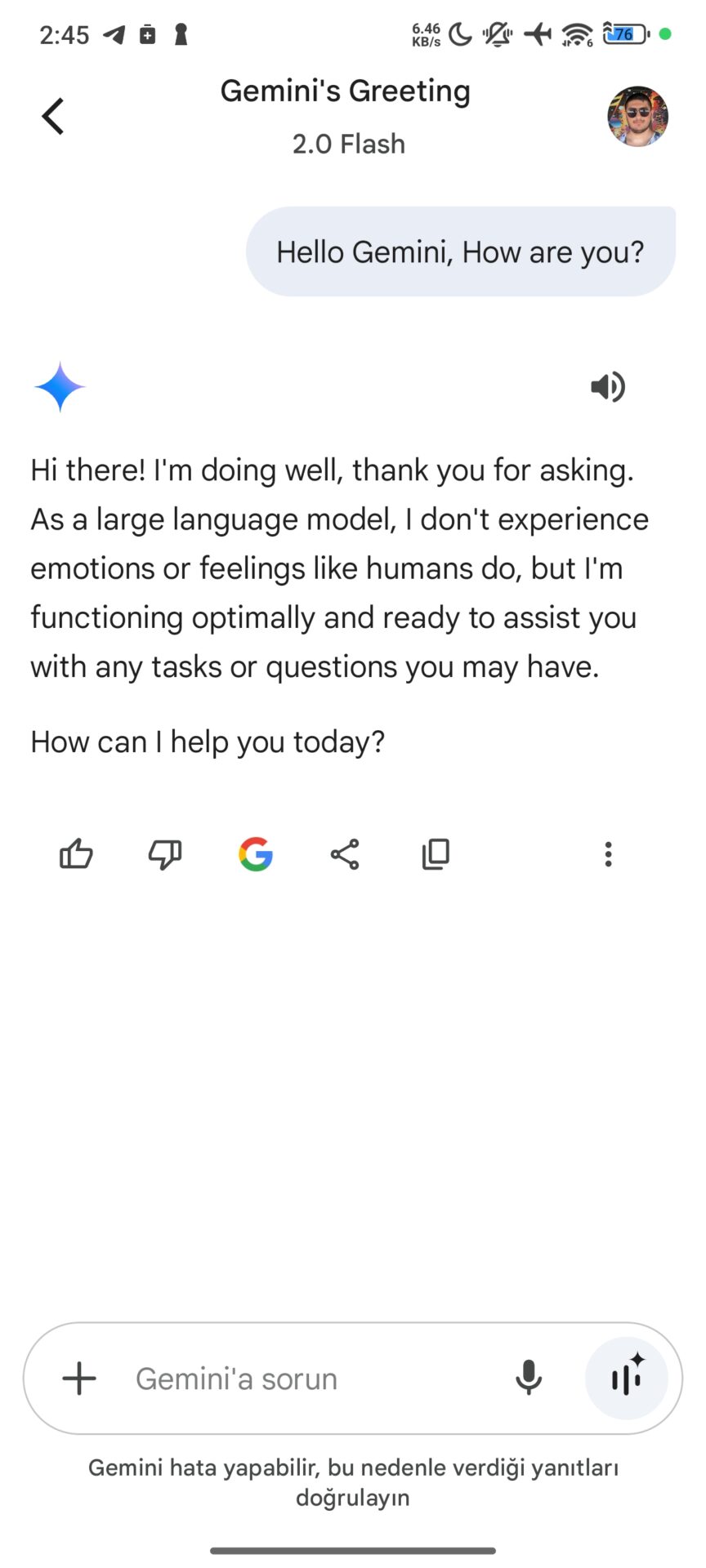
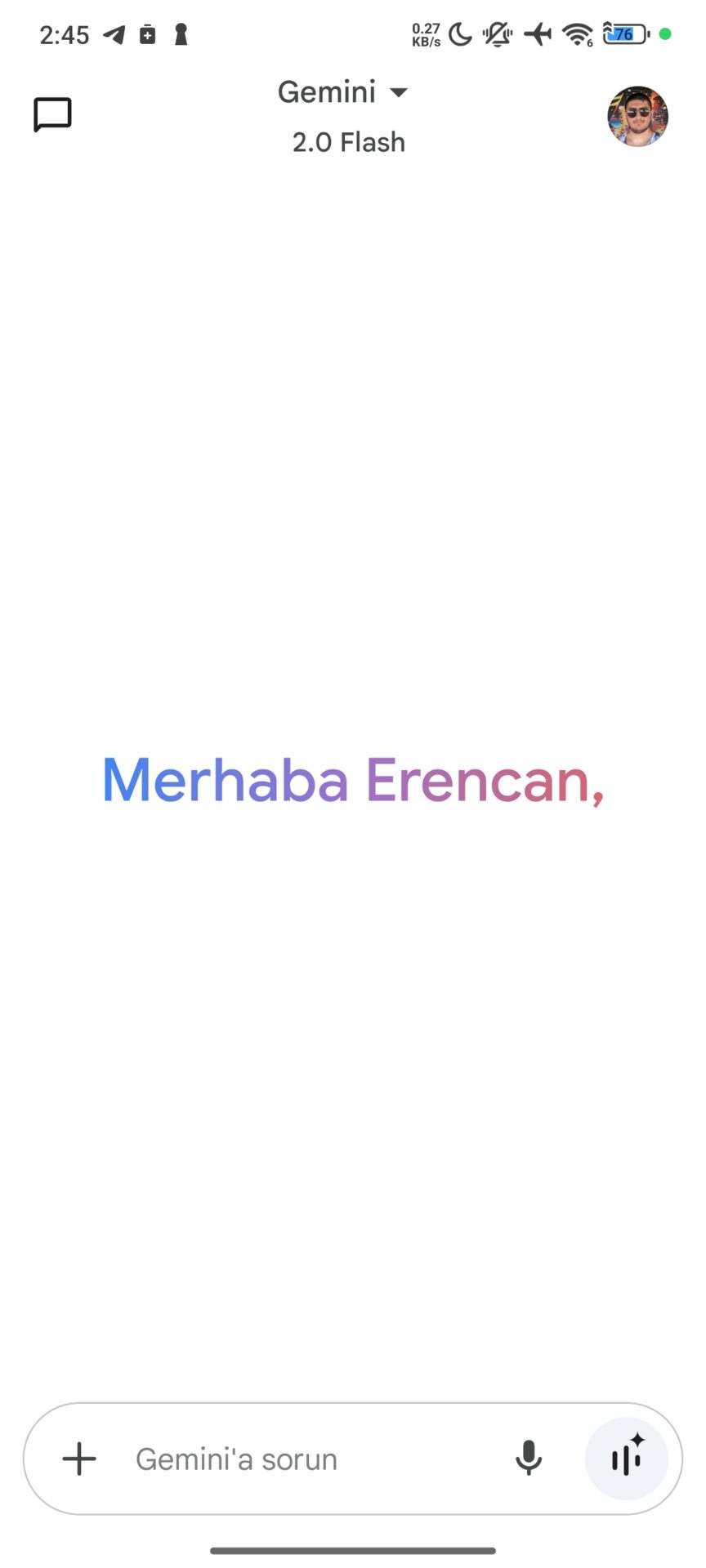
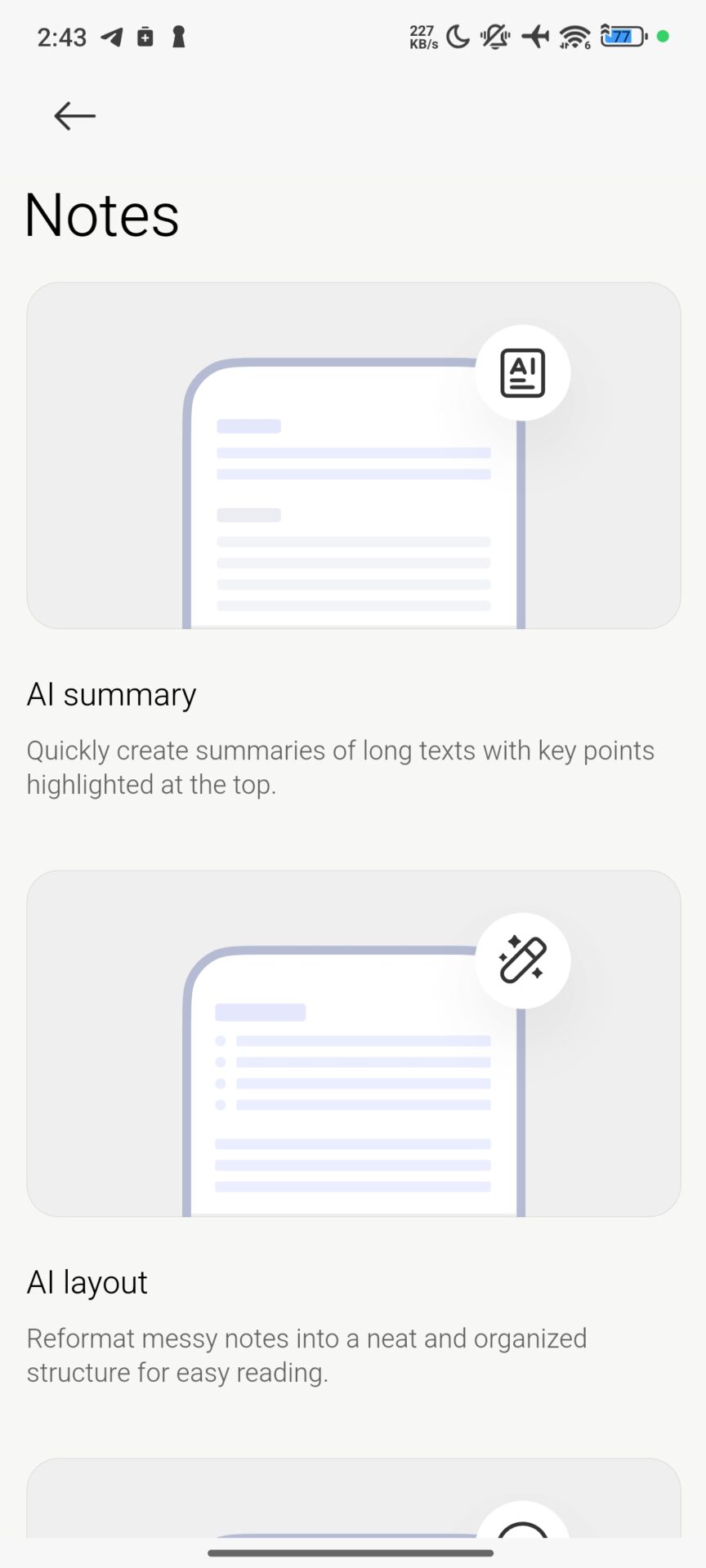
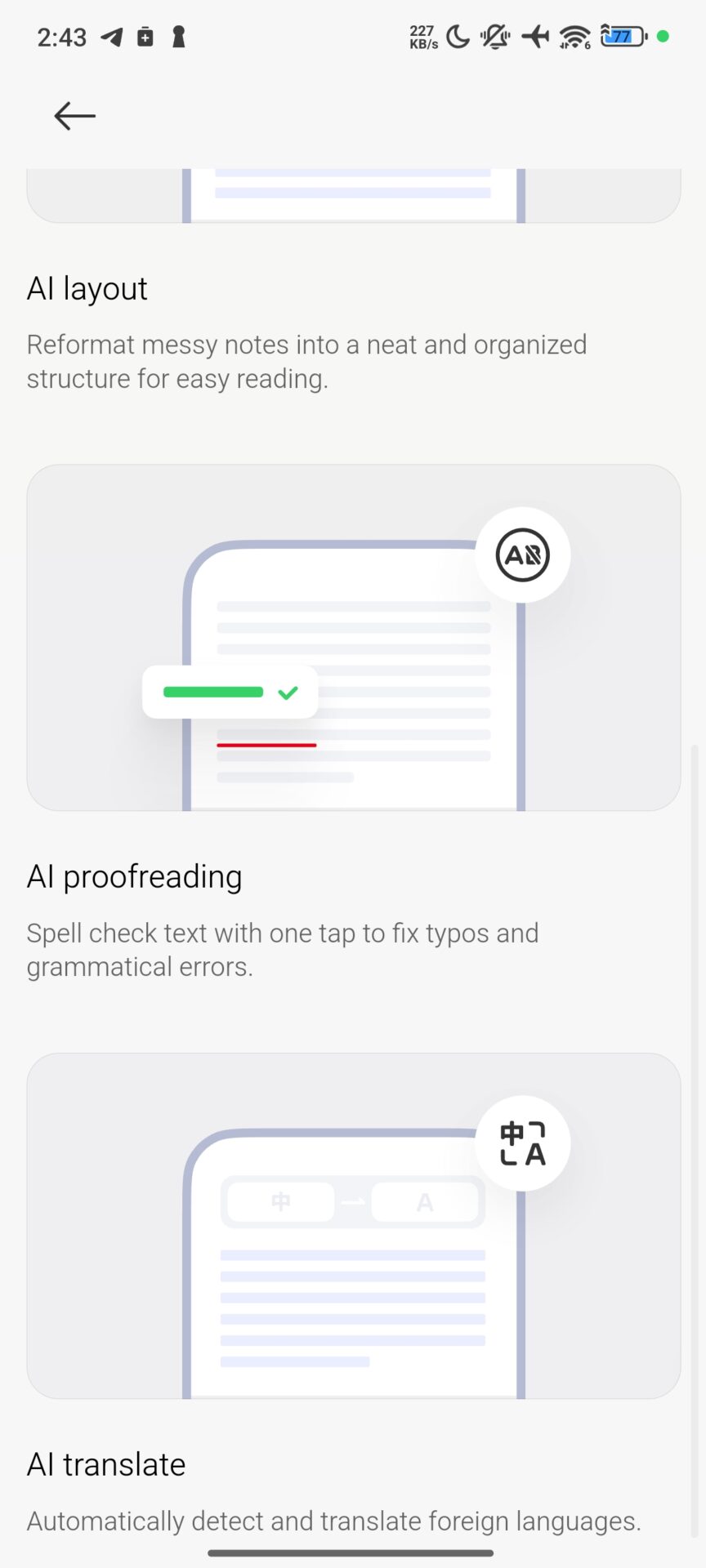
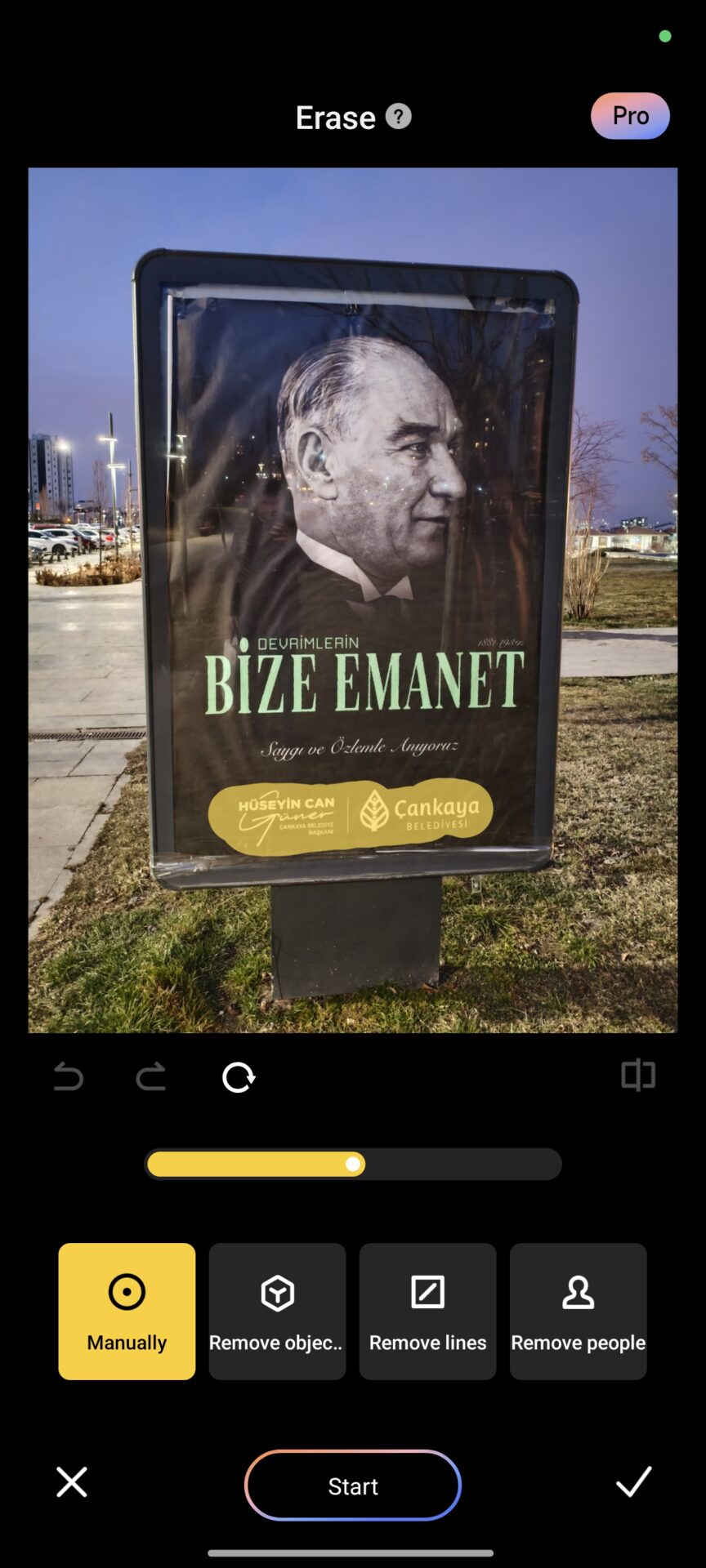
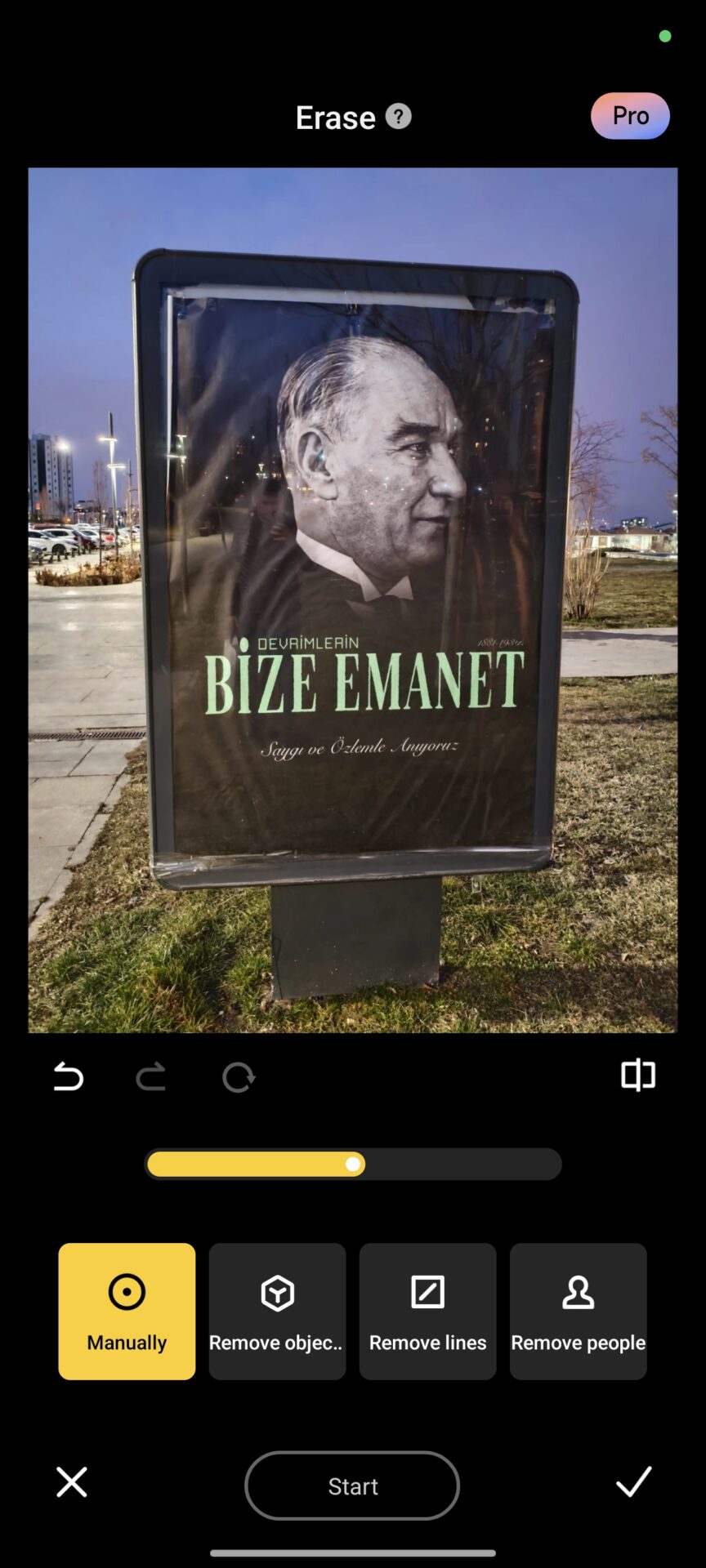
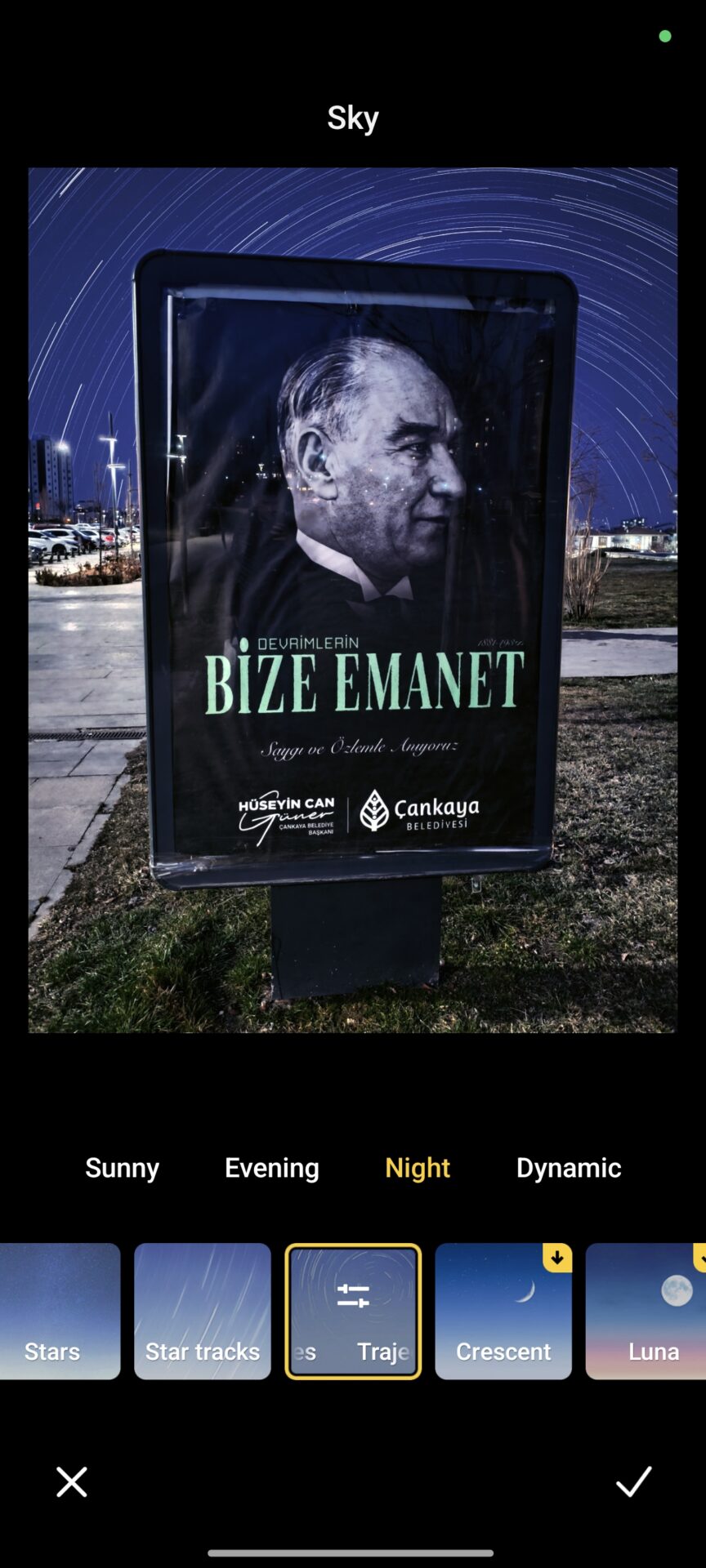
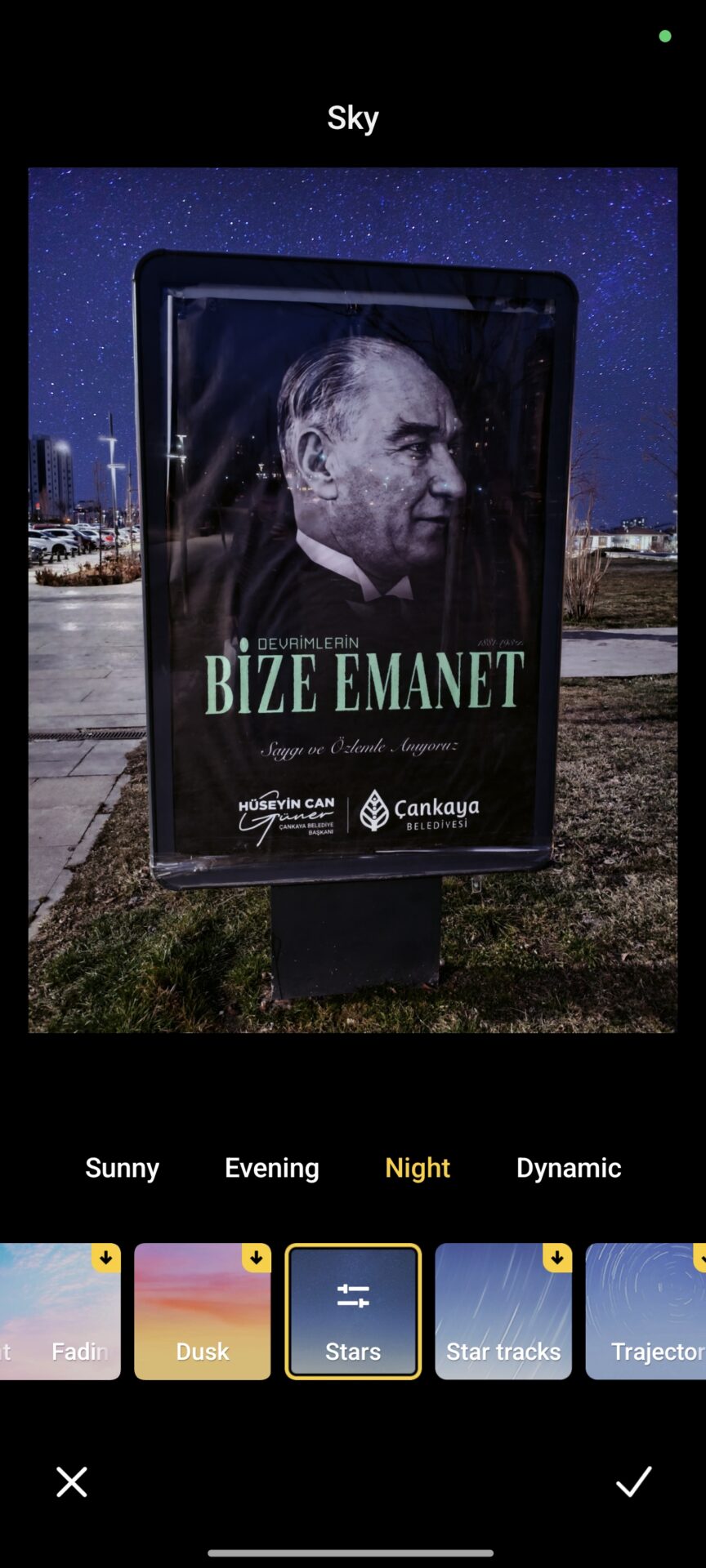
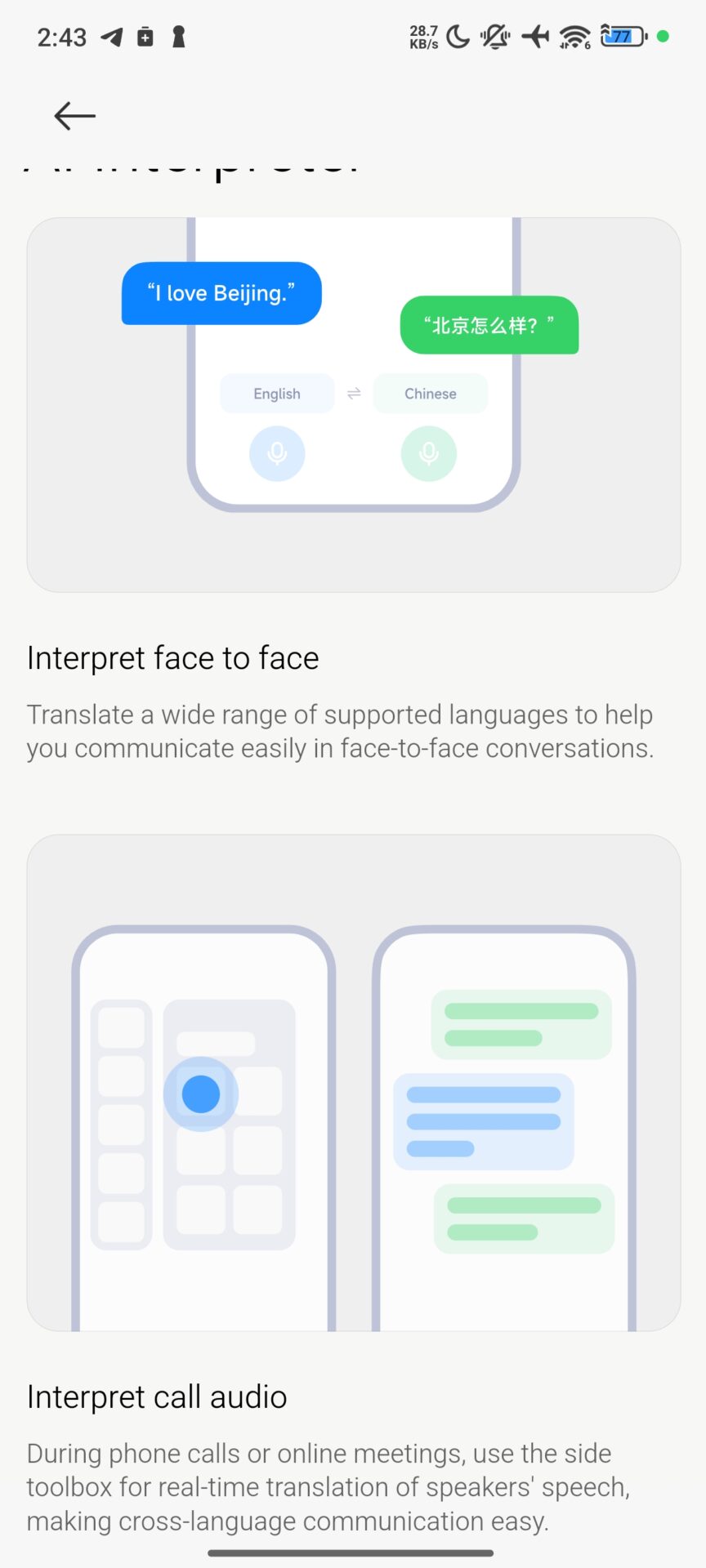
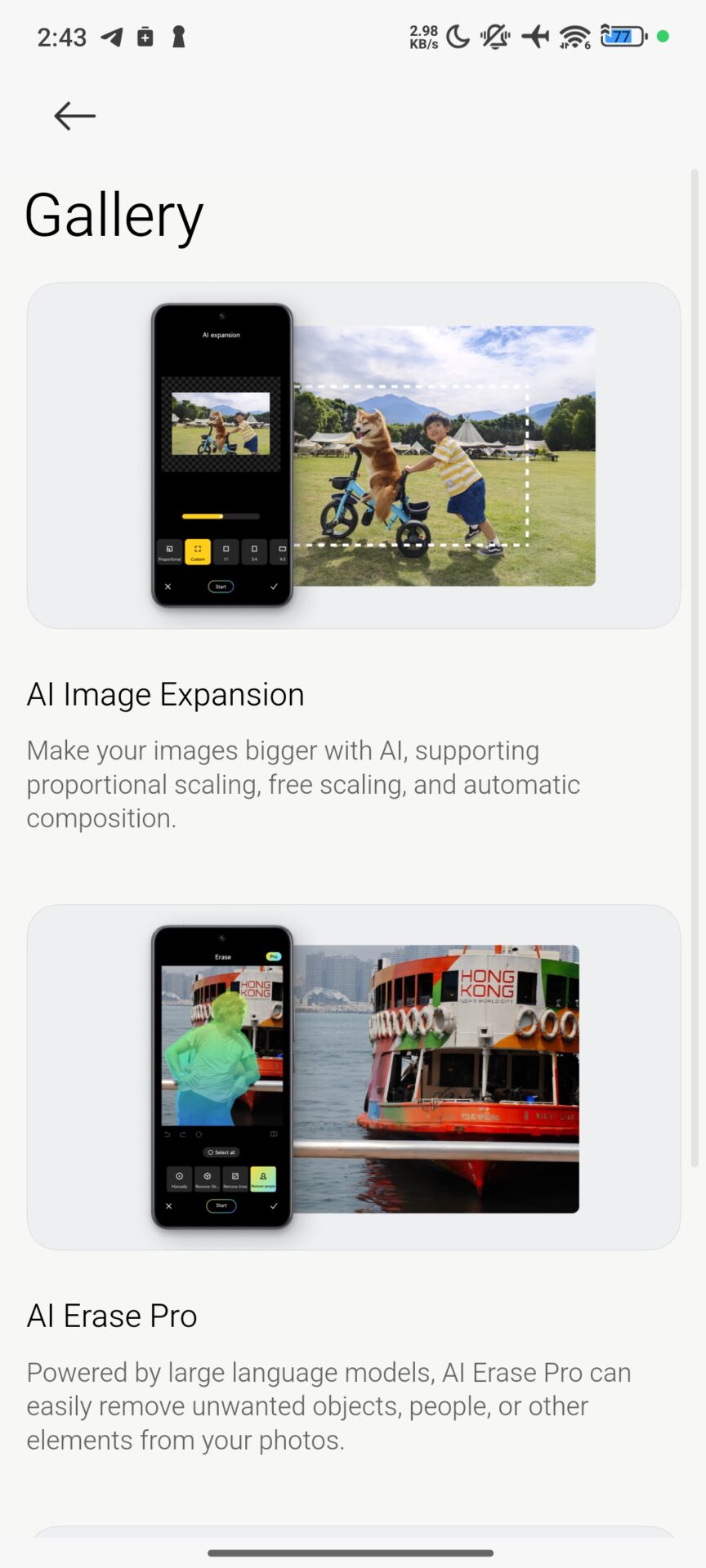

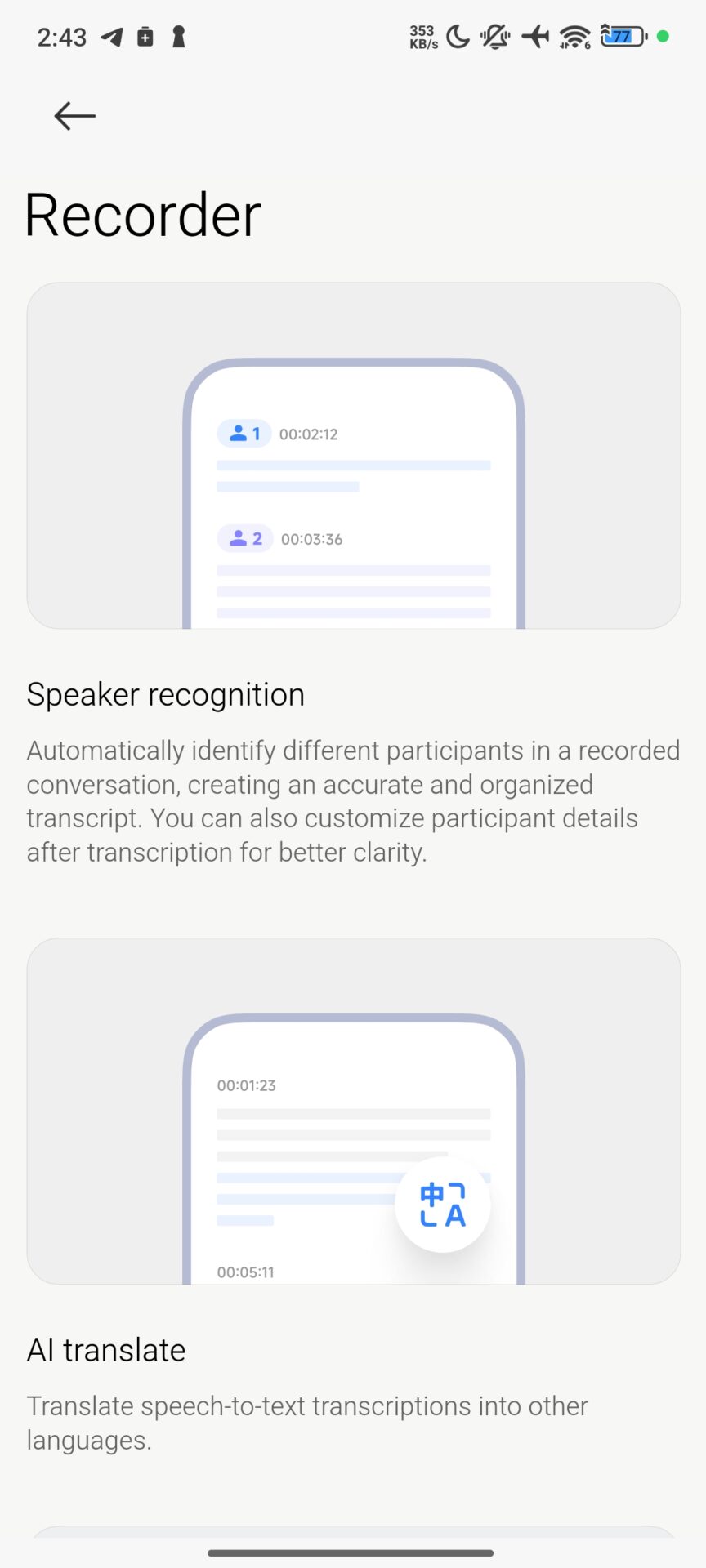
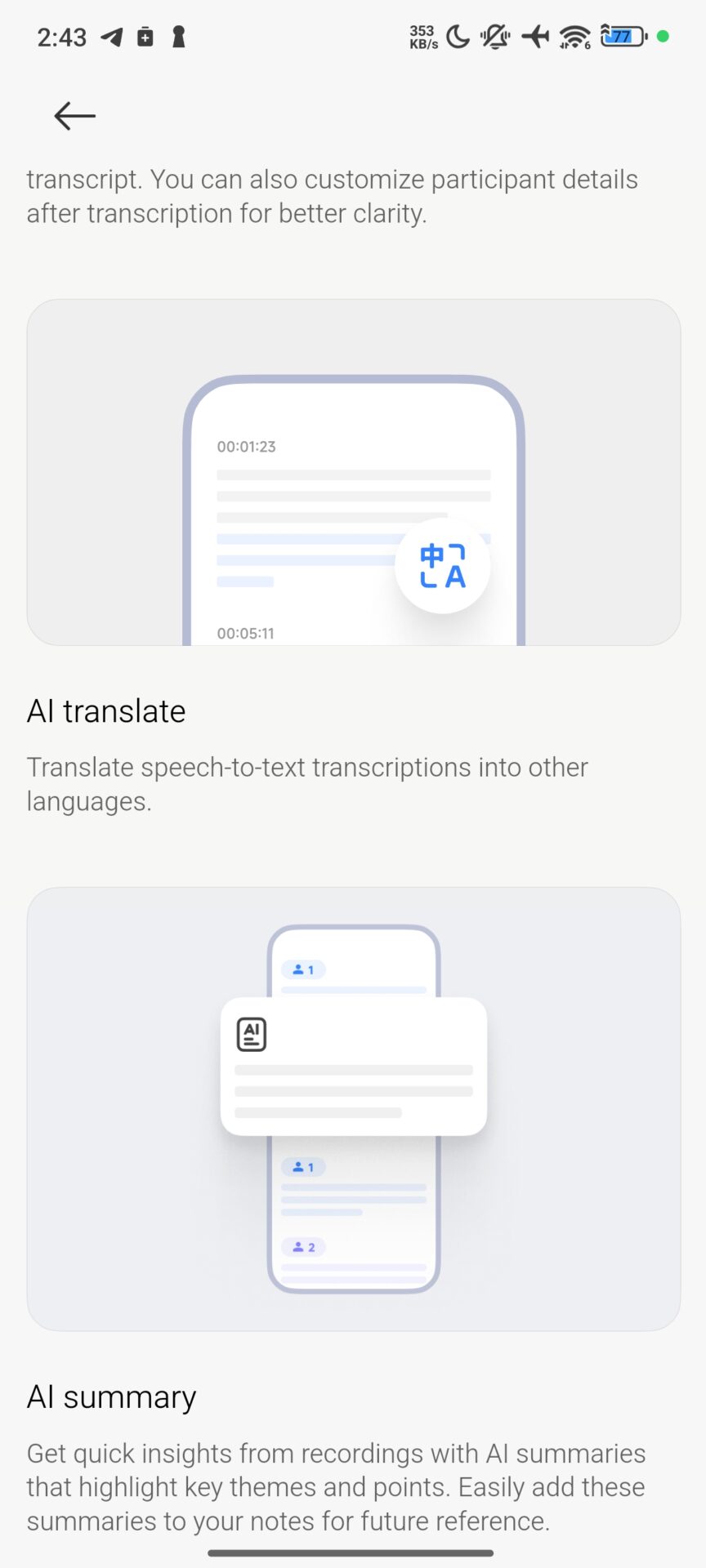



lmao at the marvel crp
this phone is a beast it can run all heavy games with smooth and high fps